Whether you own a sprawling backyard in an arid climate or a sunny balcony in the city, a thoughtfully planned cactus garden offers sculptural drama, extreme drought tolerance, and surprisingly rich ecological value. Experts note that most cacti thrive on infrequent, deep watering and love the brightest light you can give them, making them easier to maintain than many leafy ornamentals. In the ideas below, you’ll find twenty distinct cactus garden themes—each a complete concept covering layout, materials, planting combinations, and ambiance—to spark your own low-water landscape vision.
1. Minimalist Gravel Bed Cactus Garden

Take inspiration from the stark beauty of desert flats by laying a shallow rectangular bed filled with washed pea gravel; embed rows of golden barrel cactus, tall Mexican fence-post columns, and a single architectural agave as punctuation. Keep spacing generous so each specimen casts its own dramatic shadow at sunrise and sunset. Beneath the gravel, install a free-draining sandy-loam mix raised slightly above ground level to keep roots cozy and dry during seasonal rains. A flush border of steel edging holds the stones neatly, while low-voltage uplights anchor the scene after dark, turning every rib and spine into living sculpture.
2. Raised Wooden Planter Cactus Collection
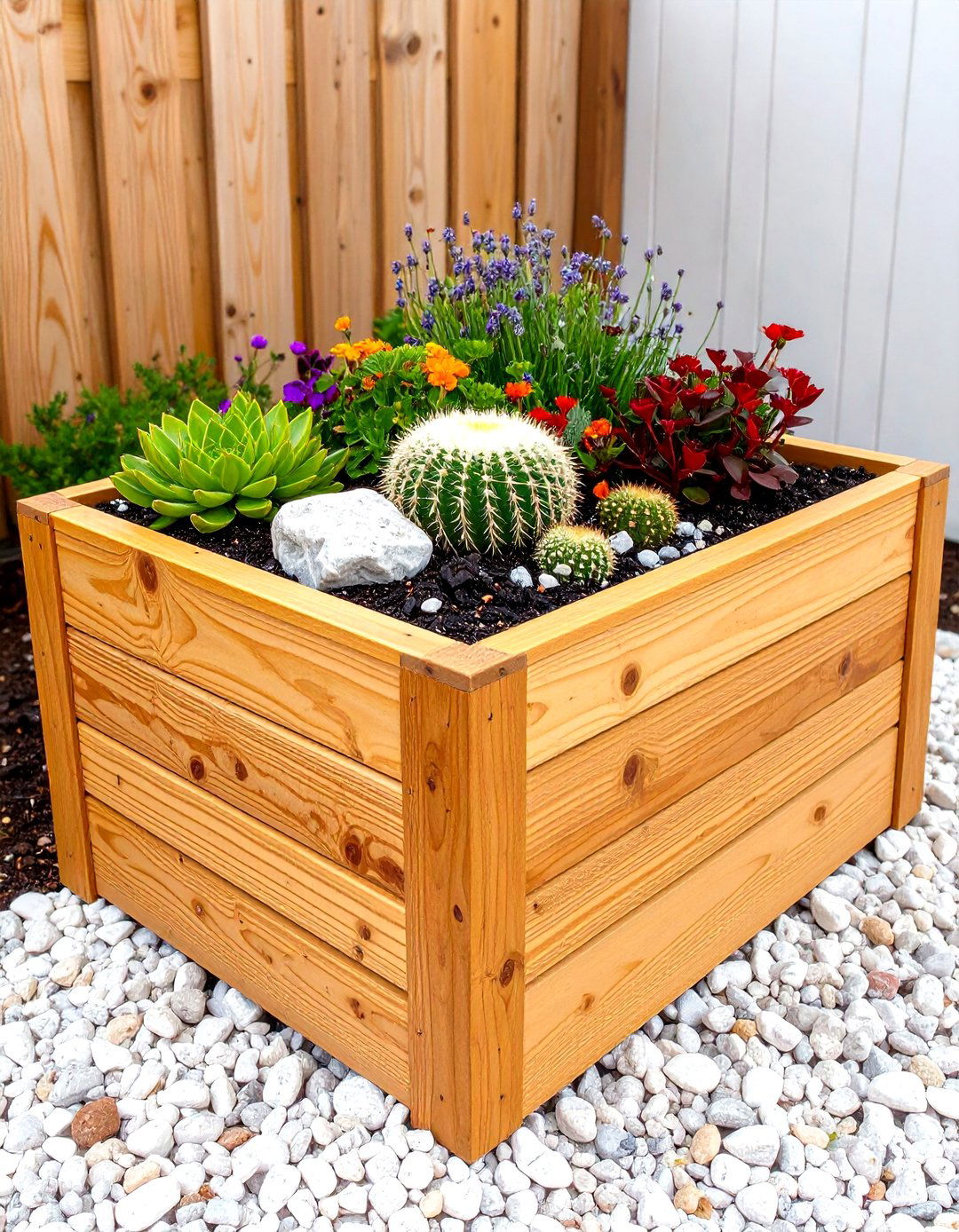
Another approachable option is to build a waist-high cedar planter box and fill it with a gritty cactus blend, then showcase small slow-growing species such as bishop’s cap, panda paw, and miniature hedgehog. The clean lines of natural wood contrast beautifully with the textured skin of clustered globes. The raised height improves drainage and makes routine checks for pests almost effortless. Add a few tumbled lava rocks for humidity buffering, and top-dress with pale pumice to reflect heat toward the stems. Because timber warms quickly, water deeply once a month in summer and skip irrigation entirely from late-autumn dormancy.
3. Spiral Rock Cactus Garden
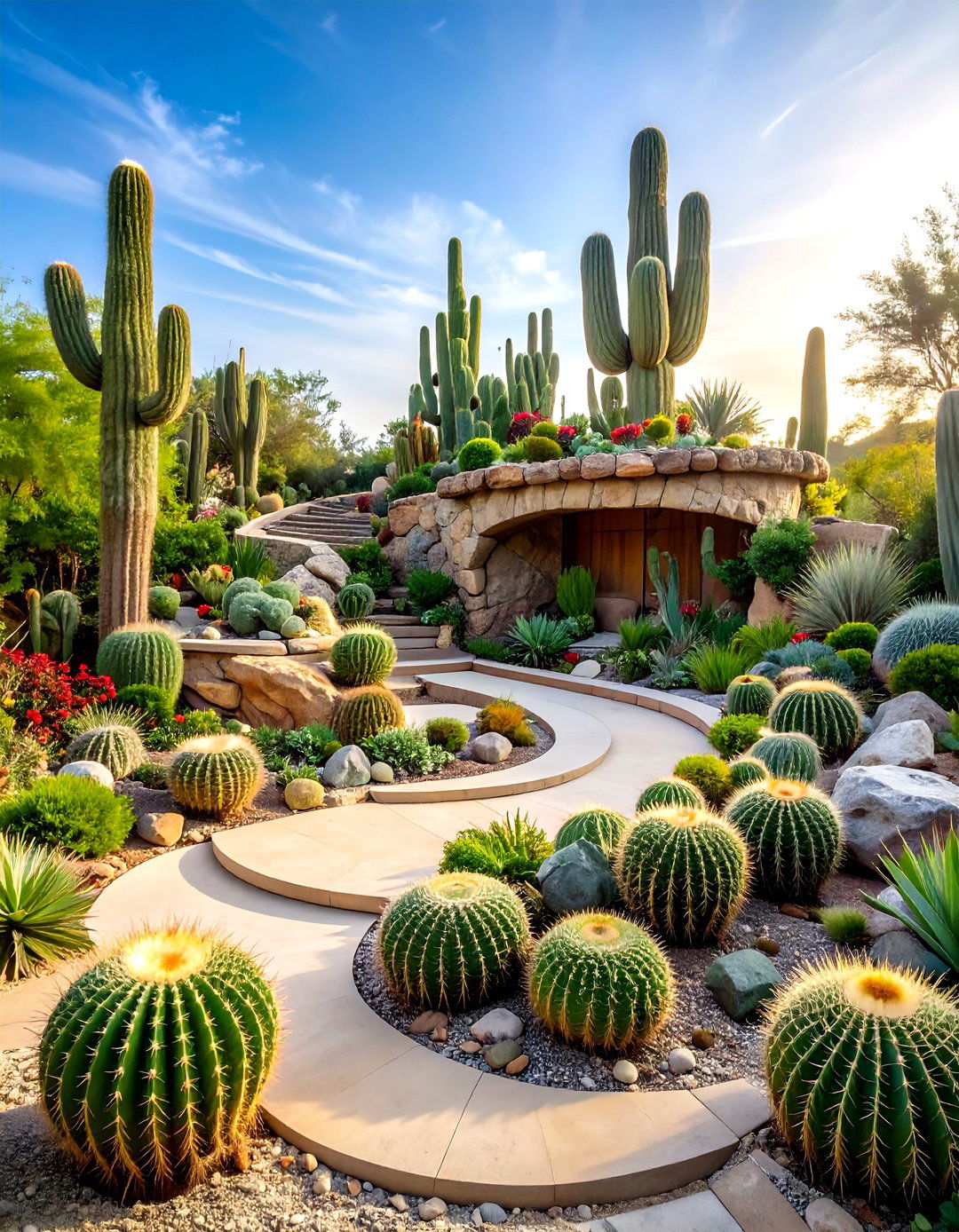
Surprisingly, a compact yard feels adventurous when you mound soil into a gently rising spiral, ring each tier with sandstone pieces, and plant progressively taller cactus varieties as the helix climbs. Start the lowest layer with ground-hugging pincushions, transition to plump bunny ears mid-height, and crown the top with a statuesque organ pipe. The contour channels rainwater toward the center, so drought lovers on the outer rim stay drier, mimicking natural micro-zones. Sprinkle crushed granite between stones to lock them in place and discourage weeds, then accent the spiral’s curves at night with inexpensive solar stake lights.
4. Vertical Cactus Wall Display
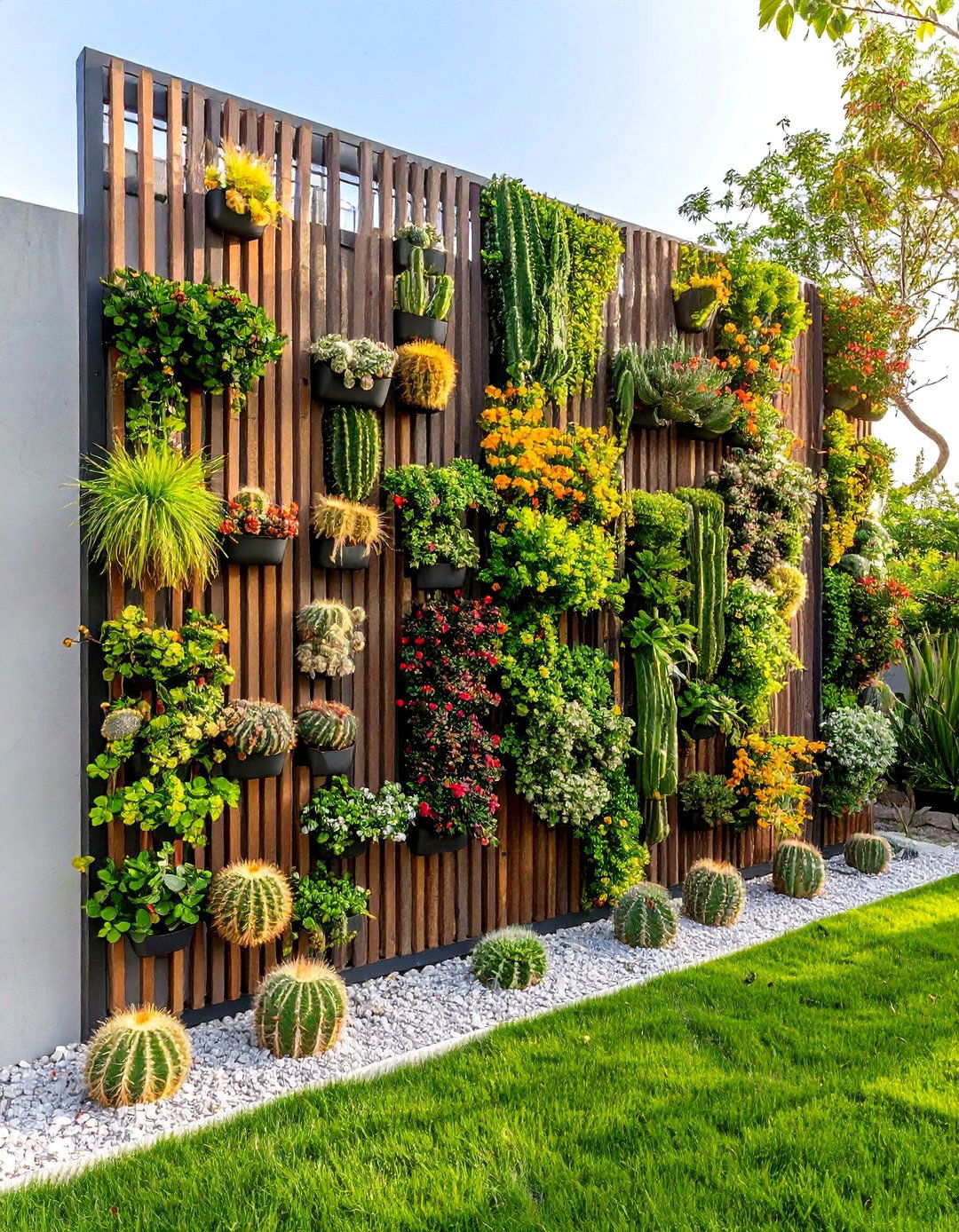
Looking to green an unused courtyard wall without sacrificing floor space? Mount a sturdy metal grid or reclaimed-pallet frame, attach breathable felt pockets filled with coarse cactus soil, and tuck in rat-tail, peanut, and fishbone cacti whose cascading forms drape like living tapestries. The vertical orientation keeps thorny stems away from toddler hands, while ample airflow reduces rot. Drip emitters inserted at the top row moisten pockets efficiently, letting excess drain freely out the base. Finish with down-lighting so the ribs catch dramatic shadows after dusk, turning the wall into a piece of botanical art.
5. Courtyard Desert Oasis
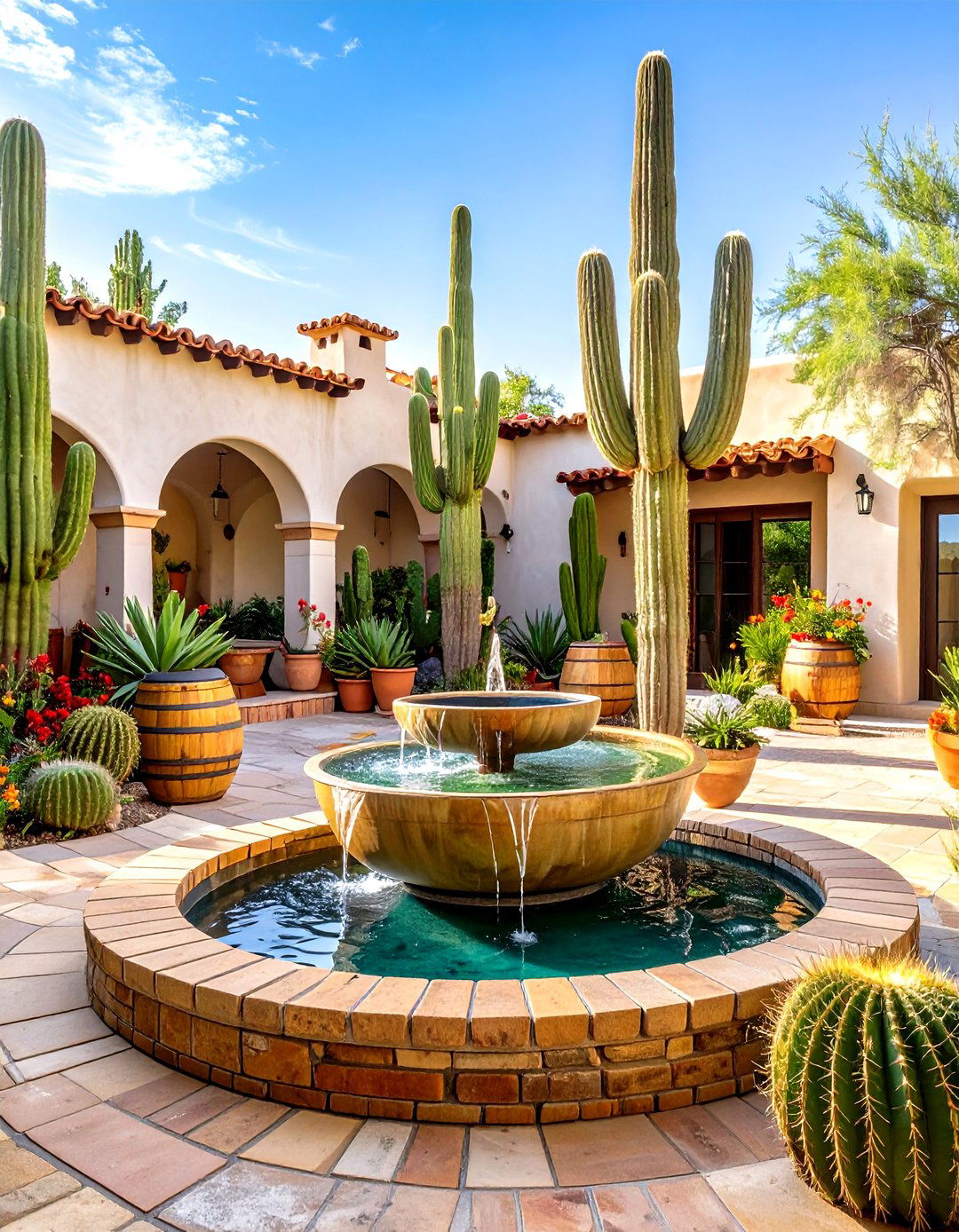
At the heart of a Mediterranean-style courtyard, sink a free-form planting island edged with adobe brick, then carpet the surface with warm-toned decomposed granite. Group saguaro silhouettes for height, golden barrels for rhythm, and airy desert spoons for movement, spacing them so each specimen has room to swell with age. Slip in a glazed ceramic water bowl at ground level; the reflective surface doubles the visual height of towering columns while inviting birds for a sip. Finish with a low adobe bench where evening breezes mingle with subtle cactus blossoms, creating a private, fragrant retreat tonight.
6. Container Cactus Cluster on Patio
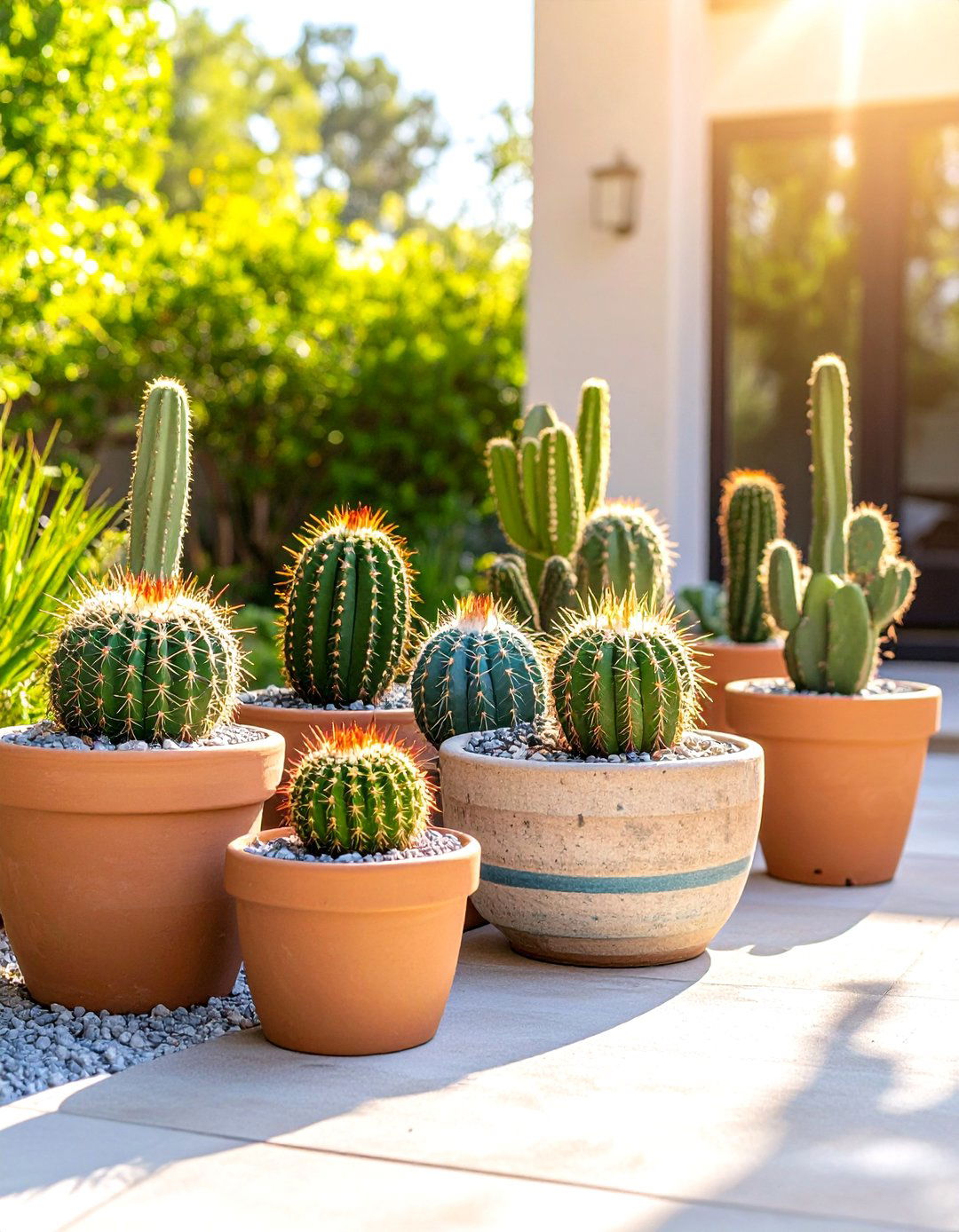
With limited square footage, cluster oversized terra-cotta pots in staggered heights along your sunniest patio edge and plant each with a single statement cactus—blue torch, baseball bat, or fairy castle. By varying vessel diameter and color, you instantly add vertical rhythm while keeping the planting mix simple. Top-dress every container with fine gravel to keep necks dry and thwart gnats. Roll the heaviest pots onto locking casters before filling so you can shuffle the display if storms threaten. In winter, group pots together and wrap burlap around them for collective insulation without dismantling the vignette easily.
7. Colorful Cactus Mixed With Succulents

Unlike monochrome desert beds, this vibrant concept intersperses candy-colored echinopsis with jewel-toned echeveria rosettes and trailing sedum, creating a painterly mix that flowers in waves from spring through late summer. To prevent succulents from stealing moisture, build soil with sixty percent mineral grit and elevate the planting zone on a gentle berm. Because fleshy companions need marginally more water, install separate drip zones—one emitter per cactus, two per succulent cluster—on a monthly cycle paused entirely during cooler months to avoid rot. Simply stunning when blossoms burst.
8. Cactus Garden Pathway With Pea Gravel
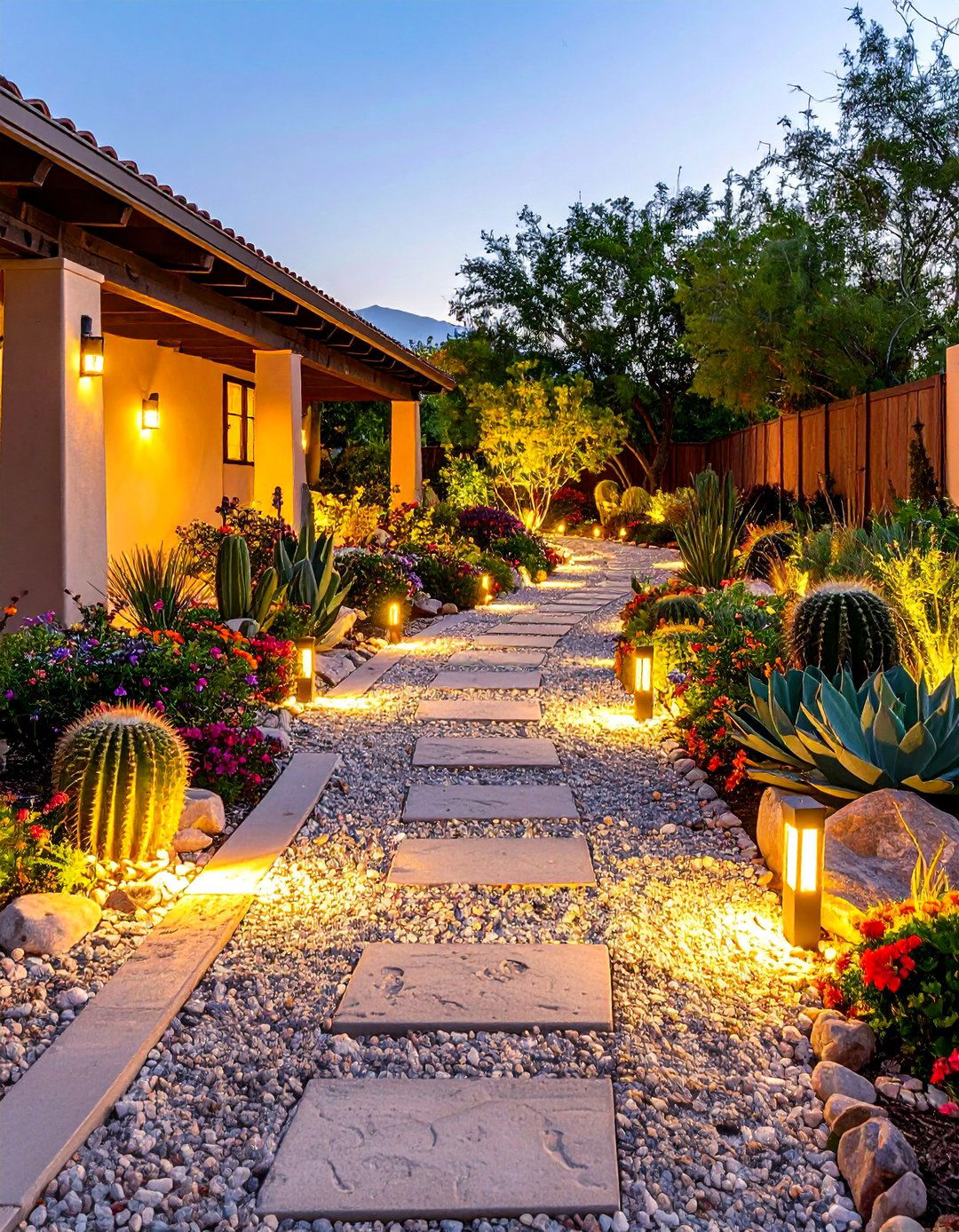
To transform a dull side yard into a sensory stroll, dig a meandering path, line it with landscape fabric, and backfill with cool foot-friendly pea gravel that crunches pleasantly underfoot. Plant alternating mounds of beavertail cactus and iceplant along the edge so bright spring blooms hover just above the stone. Keep gravel depth at eight centimeters for weed suppression, and sweep escaped stones back weekly to maintain crisp lines. For evening drama, embed flush LED step lights every three meters to guide visitors without overwhelming the star-filled sky, adding ambience.
9. Hanging Macrame Cactus Garden
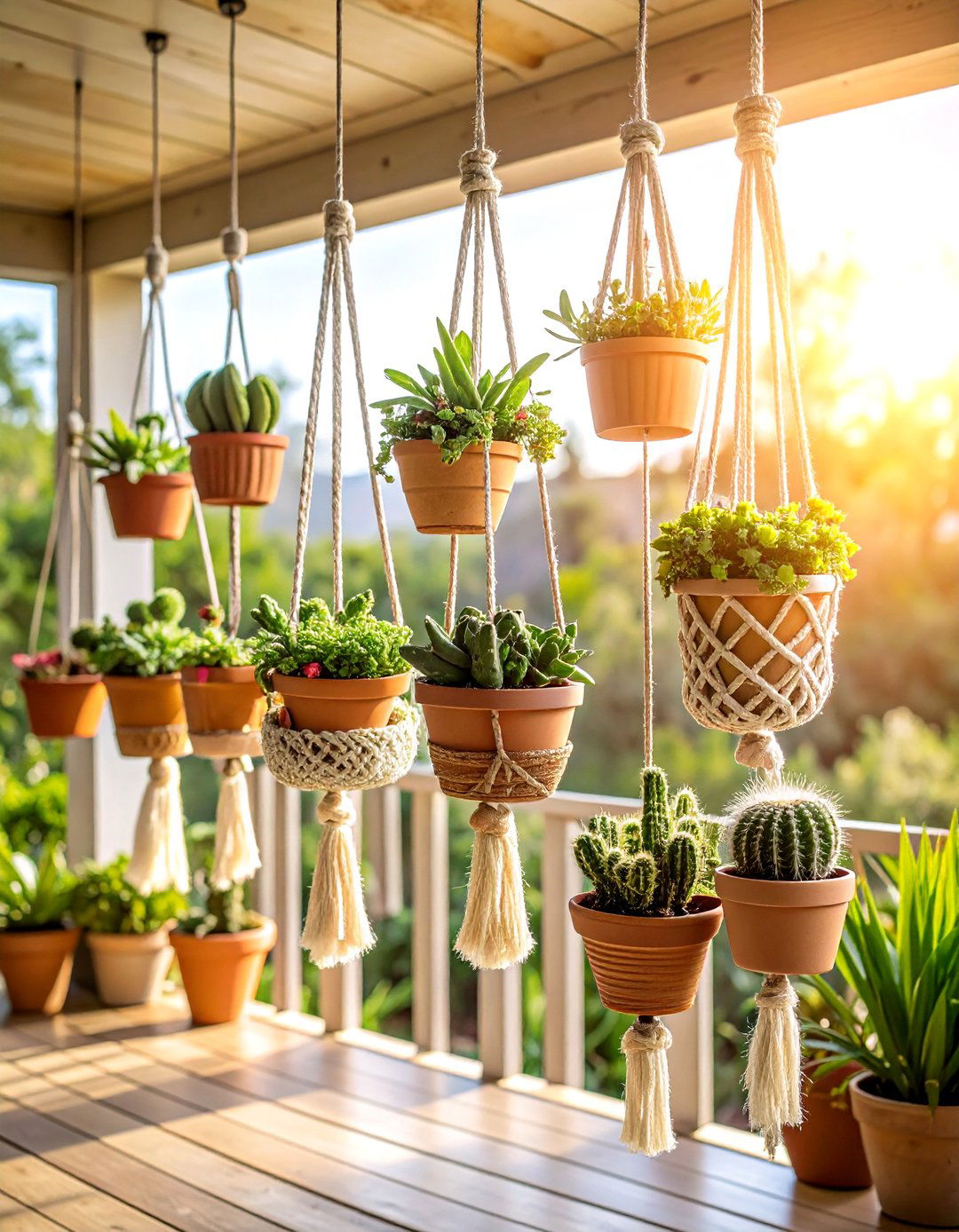
By suspending miniature orchid pots inside chunky macrame hangers, you can float a whimsical cactus canopy across a sun-washed porch beam. Choose trailing species like monkey-tail or rattail cactus, whose fuzzy stems tumble downwards, softening knotted cords. Fill each vessel with a mix of orchid bark and coarse perlite to maximize airflow, then water by dunking pots into a bucket until bubbles cease, letting them drip dry before rehanging. Rotate hangers monthly to balance light, and refresh the fringe with protective spray to stave off mildew in humid weather while keeping your ceiling thorn-free throughout.
10. Modern Sculptural Cactus Garden

Consider a minimalist aesthetic by arranging blue columnar, snowball, and totem-pole cacti in a stark white raised concrete planter that echoes modernist architecture. Space each plant on a diagonal grid, then blanket the surface with icy white marble chips to amplify the cool palette. Stainless-steel bollard lights placed just outside the planter graze the columns, exaggerating their vertical lines and emphasizing sculptural intent. This restrained palette makes every new offset or bloom feel like a curated art installation, ideal for entry courts flanked by glass walls where reflections double the silhouettes during day and night.
11. Mediterranean-Meets-Desert Cactus Garden
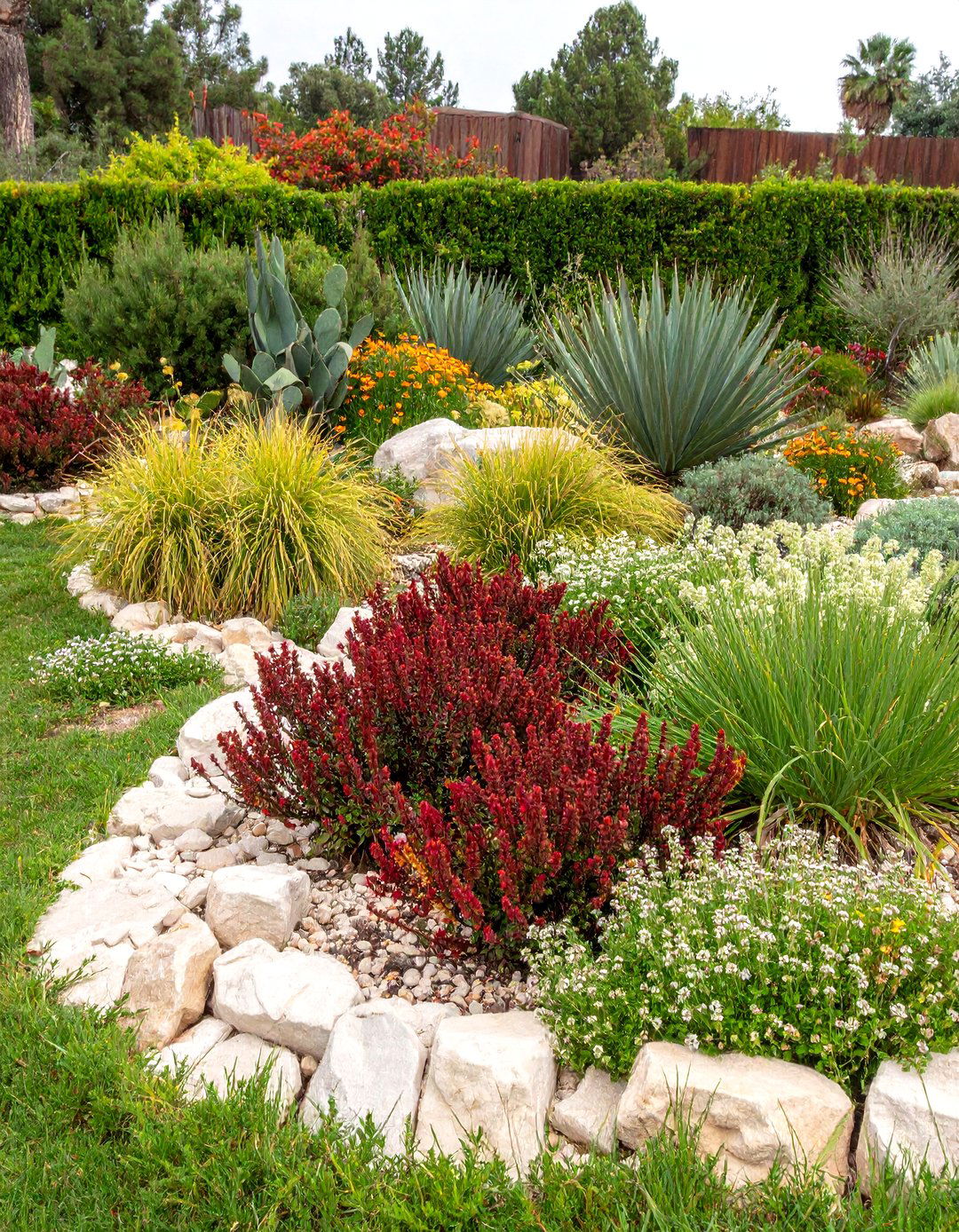
Owing to shared love of heat and lean soils, pair hardy Mediterranean herbs with sun-baked cactus forms on a terraced slope. Mulch terraces with crushed limestone to bounce light and suppress weeds while echoing coastal cliffs. Plant creeping thyme between stepping stones to release fragrance, flank rosemary hedges behind knee-high prickly pears, and let wild fennel rise behind spiny organ pipes for contrast. Since herbs prefer more moisture than cacti, group irrigation lines so herb zones receive a weekly sip and cactus pockets get just a monthly trickle, achieving both water savings and culinary abundance for the cook.
12. Xeriscape Front Yard Cactus Garden
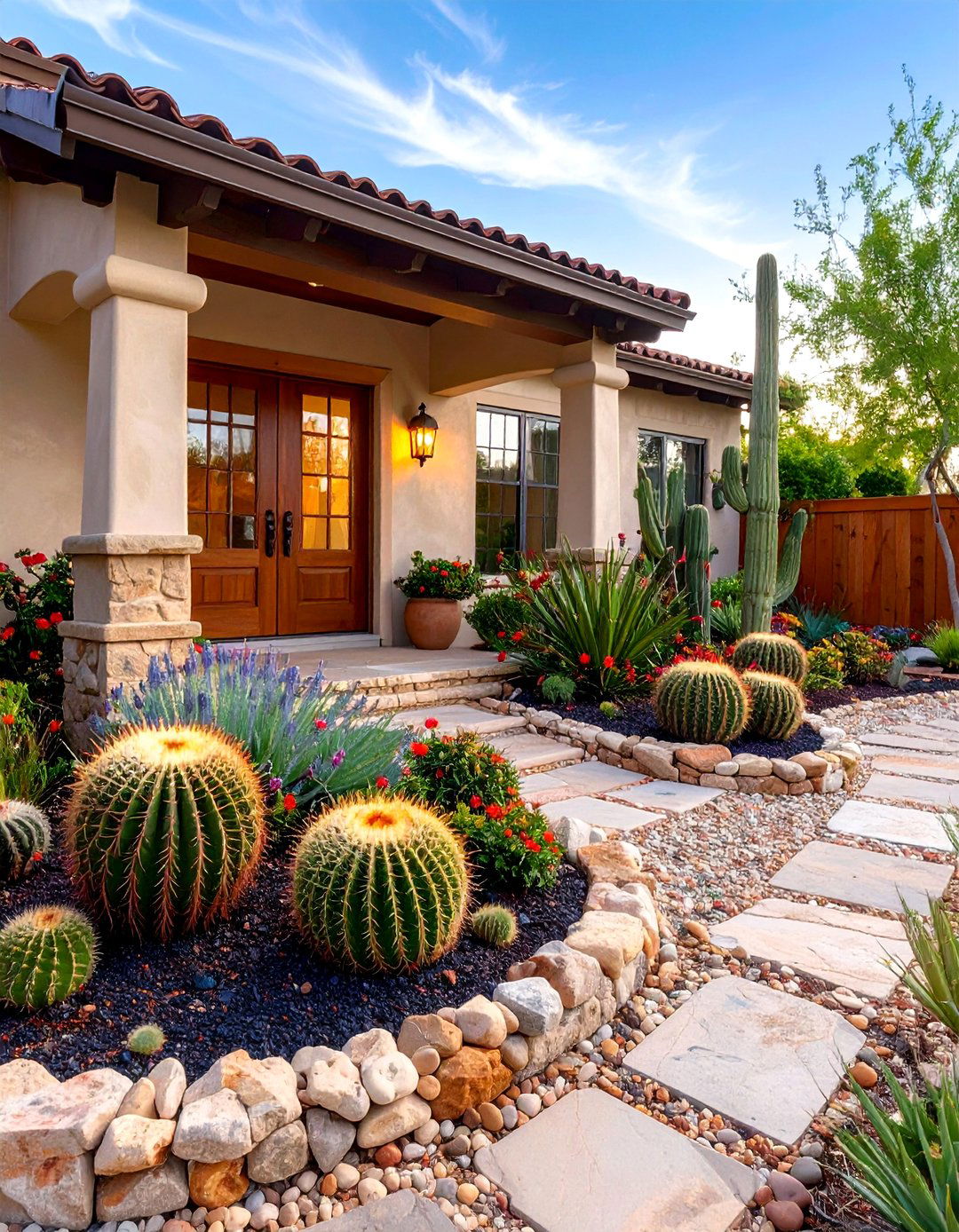
Due to escalating water costs, many homeowners are replacing thirsty lawns with a sweeping xeriscape where sculptural cacti punctuate swathes of decorative rock. Outline gentle swales with river cobbles to slow runoff, then fill broad bands of decomposed granite between islands of barrel, cholla, and ocotillo. A drip mainline buried beneath the rock delivers infrequent but precise moisture, meeting local water-use ordinances with ease. Low evergreen accents such as red yucca keep the scene lively in winter, while a few accent boulders lend permanence and scale, echoing the rugged desert that inspired the palette right outside.
13. Cactus Herb-Spiral Fusion
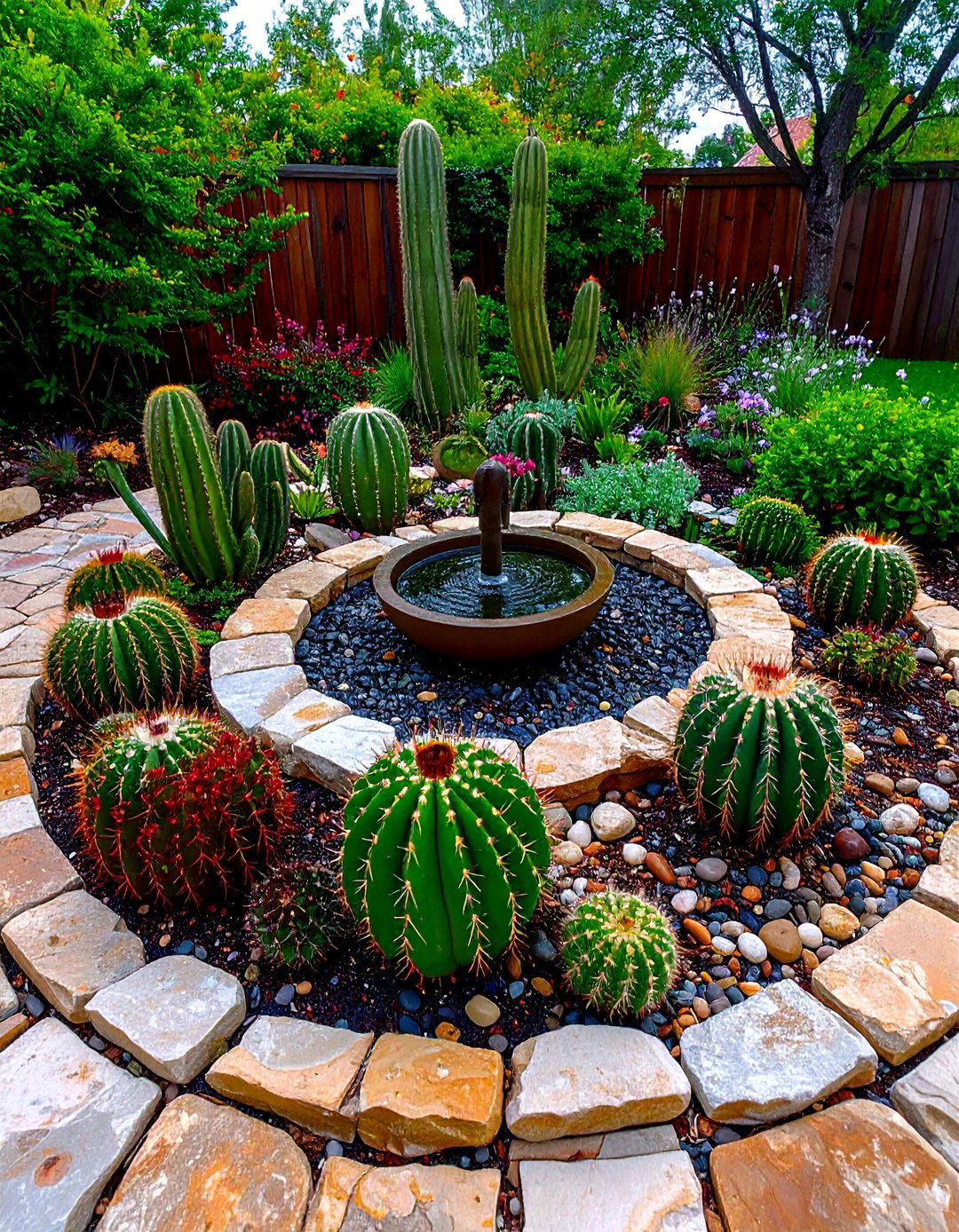
For permaculture fans, merge the water-wise logic of a cactus mound with the space efficiency of an herb spiral by lining its sunnier face with totem cactus and scallop-edged prickly pear, reserving shadier niches for oregano and marjoram. The stacked-stone structure creates multiple microclimates and drains excess rain from upper coils into lower pockets, where moisture-loving herbs wait. Finish the center with a shallow birdbath to attract predatory insects that keep pests in check, making this spiral both functional pantry and biodiverse habitat, ready for harvest whenever tacos hit the dinner table tonight.
14. Southwest-Themed Cactus Backyard
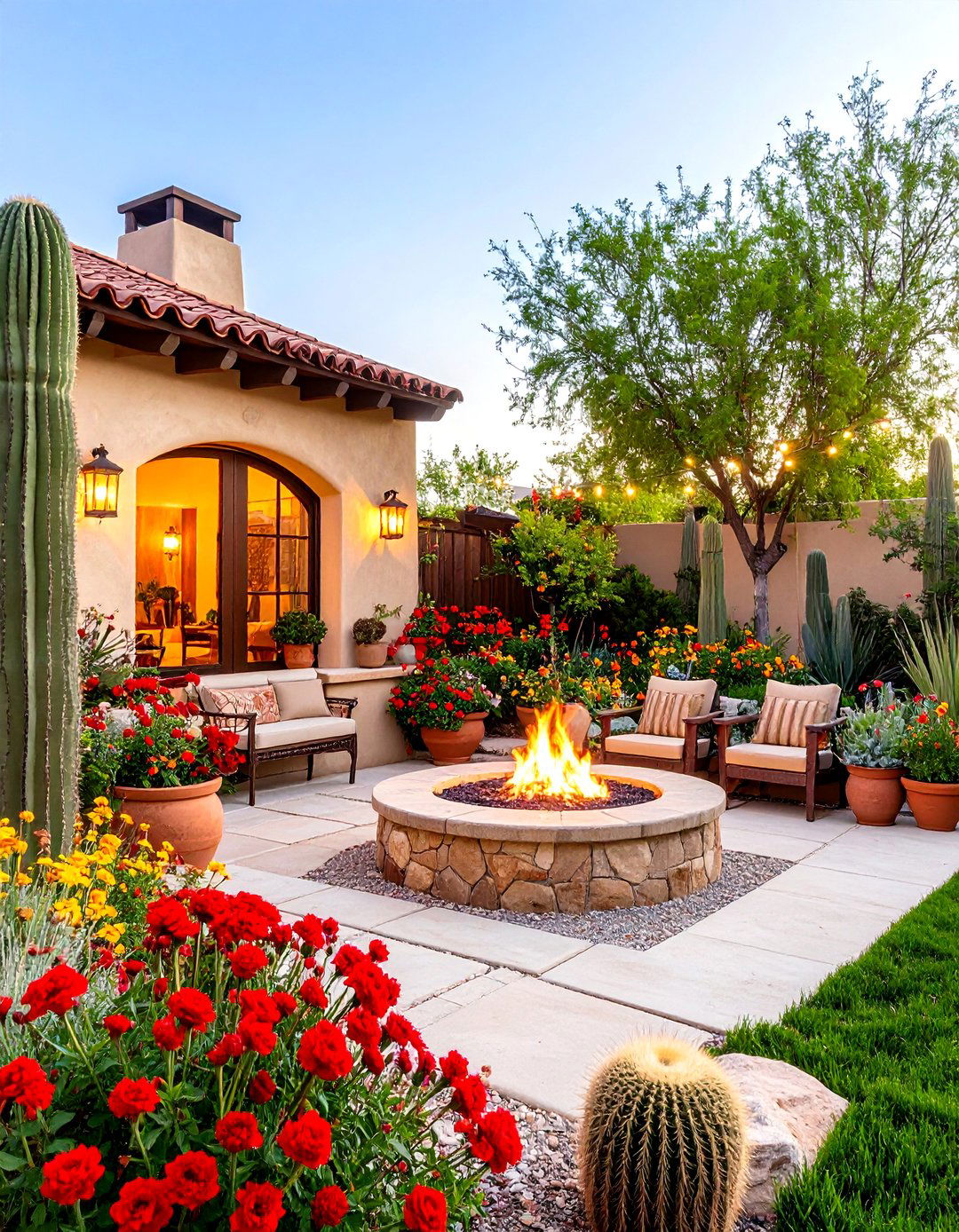
By framing a sun-baked backyard with adobe-colored stucco walls, you create the perfect backdrop for towering saguaro-like senita cactus flanked by red chuparosa and desert marigold. Crushed red scoria underfoot mirrors canyon cliffs, while scattered talavera pottery adds turquoise and ochre. Include a kiva-style fire pit so flickering flames highlight needle patterns after dark. Use gravel-filled trenches as French drains to steer monsoon bursts away from roots, preserving the authentic desert look without erosion and giving family gatherings an unmistakable southwestern ambience that feels ancient and welcoming year-round under stars.
15. Cactus Garden With Night-Lighting Drama
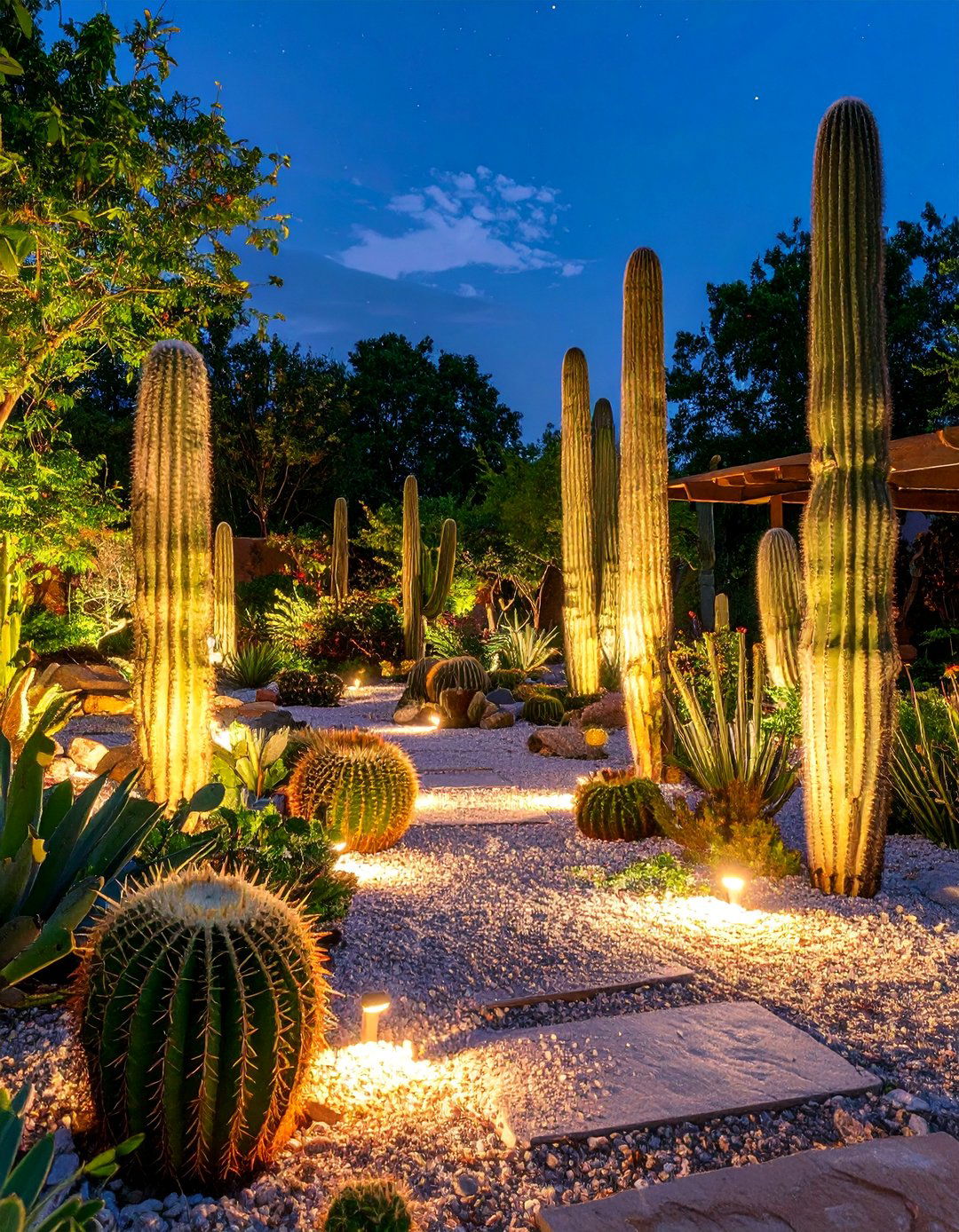
Certainly, a cactus garden’s magic peaks after sundown when strategic lighting reveals ribbed shadows and moonlit blooms. Install low-wattage warm-white uplights at 30-degree angles to highlight columnar forms, and tuck solar markers near ground-cover cacti to outline circulation without glare. Swap cool rock mulches for pale quartz that glows softly, reflecting just enough light to spot nocturnal pollinators like sphinx moths. Power the system on a dusk-to-midnight timer so plants experience true dark overnight, preserving natural cycles while keeping energy bills modest and making evening gatherings feel as though they unfold beneath a desert full moon every night.
16. Minimalist Indoor Windowsill Cactus Garden
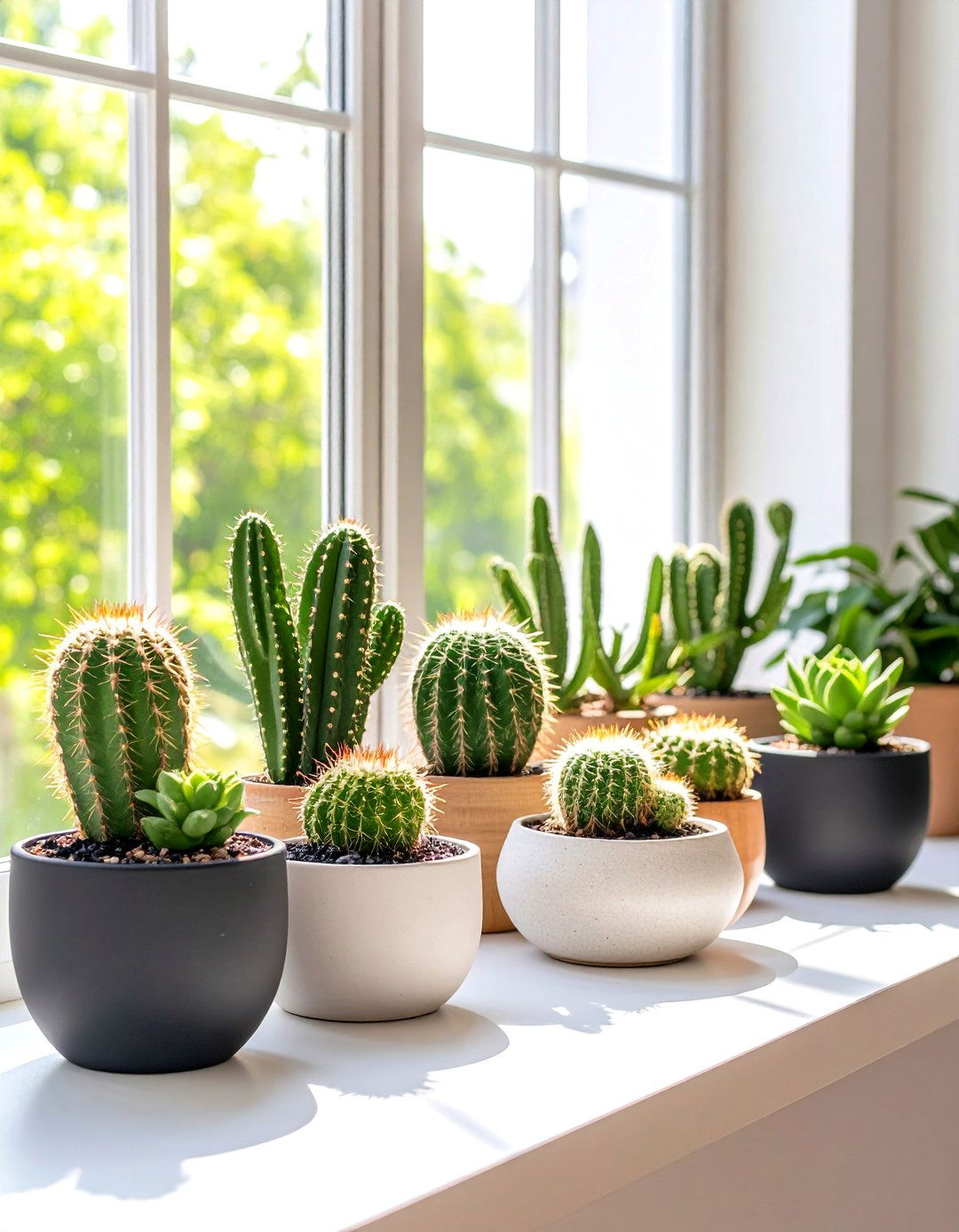
When outdoor space is nonexistent, convert a south-facing windowsill into a linear cactus showcase by lining up matte-black oval planters packed with dwarf species like rebutia and lithops. Add a thin layer of horticultural charcoal to prevent odors, then mix equal parts akadama, pumice, and coarse sand for flawless drainage. Water sparingly—about once every four weeks—and use a handheld fan after each watering to mimic desert breezes and reduce fungal risk. A simple strap light affixed beneath the sill provides supplemental winter brightness without clutter, sustaining compact growth.
17. Recycled-Brick Raised-Bed Cactus Display
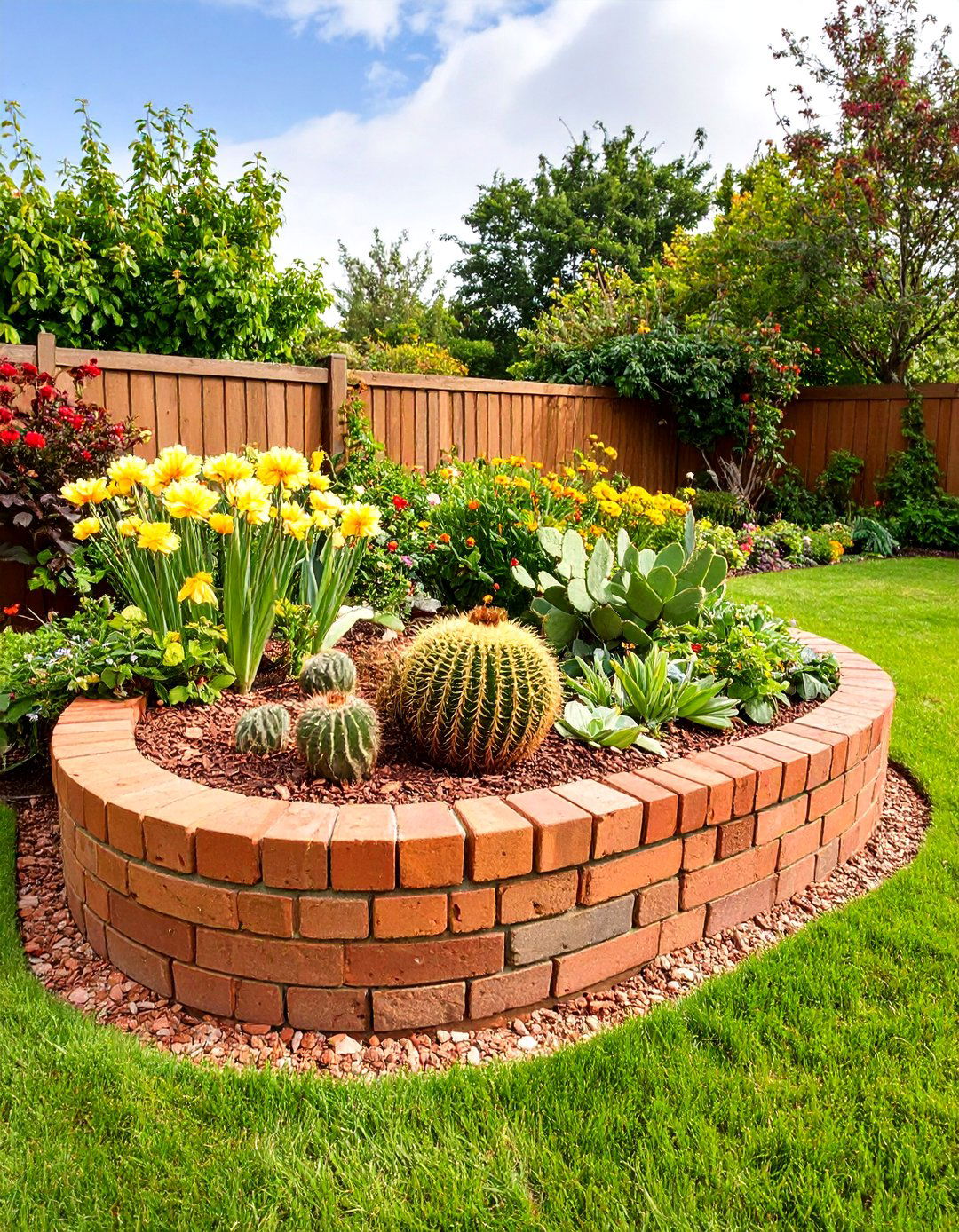
Following a classic cottage aesthetic, lay two courses of salvaged brick in a horseshoe shape, leaving an open front for easy wheelbarrow access. Fill the enclosure with topsoil, coarse sand, and perlite, raking to a subtle center mound for drainage. Plant barrel raccoon tails near the edge and reserve taller Peru apple cactus for the rear. The thermal mass of brick evens out temperature dips, while the raised profile keeps roots clear of heavy clay. Finish by mulching with crushed terracotta to tie coloring together and echo the bricks’ rustic charm beautifully.
18. Living Cactus Fence Border
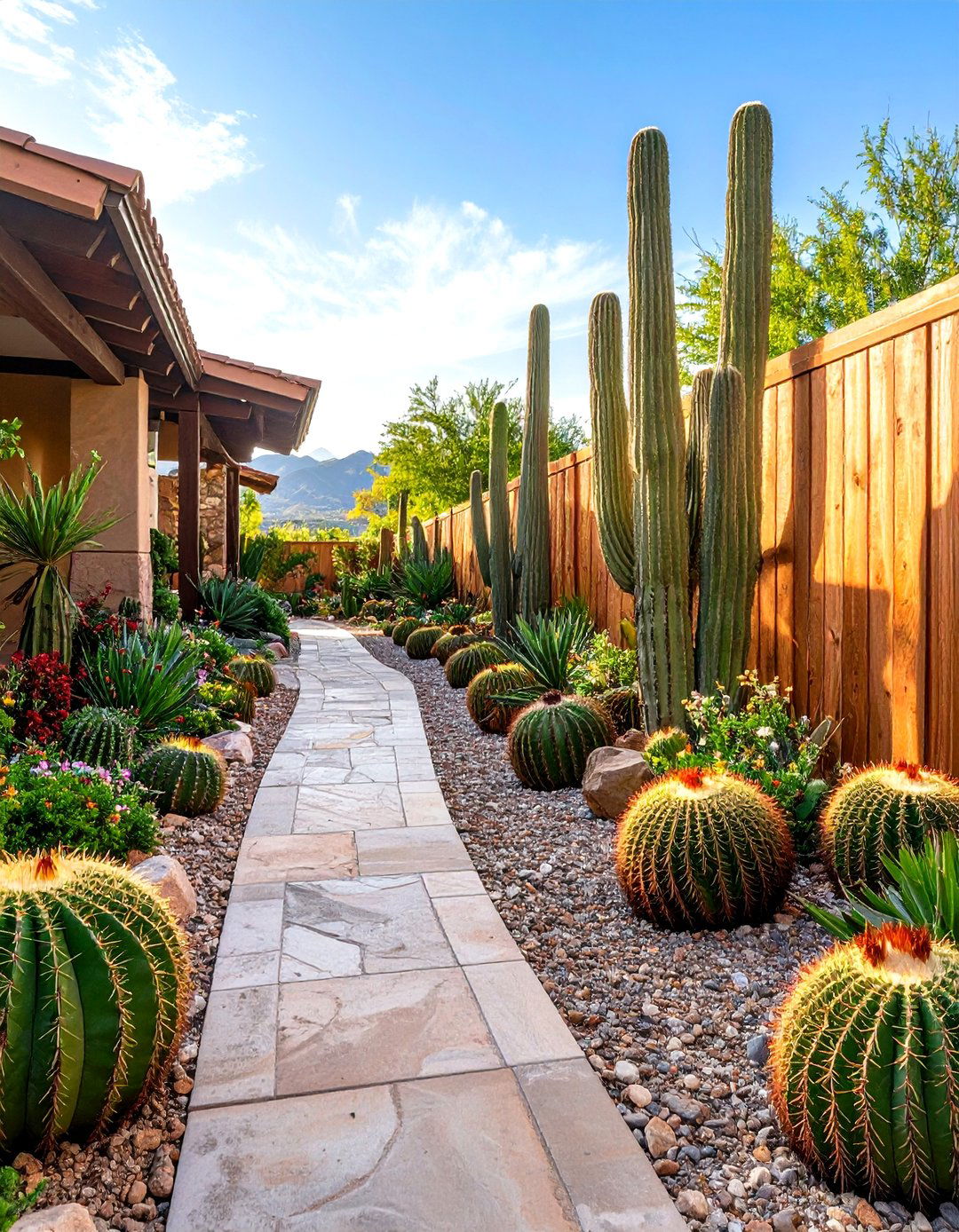
Those seeking privacy screens can plant fast-growing Mexican fence-post cacti one meter apart along property lines; within three years their columns knit into an impenetrable green wall. Lay a trench of decomposed granite topped with coarse sand for flawless drainage, and position a soaker hose down the center for occasional deep drinks. To soften the lower edge, sprinkle low mounds of red barrel cactus at irregular intervals, echoing the uprights while deterring pets from digging under the hot summer sun beautifully.
19. Boulder-Accented Cactus Rock Garden
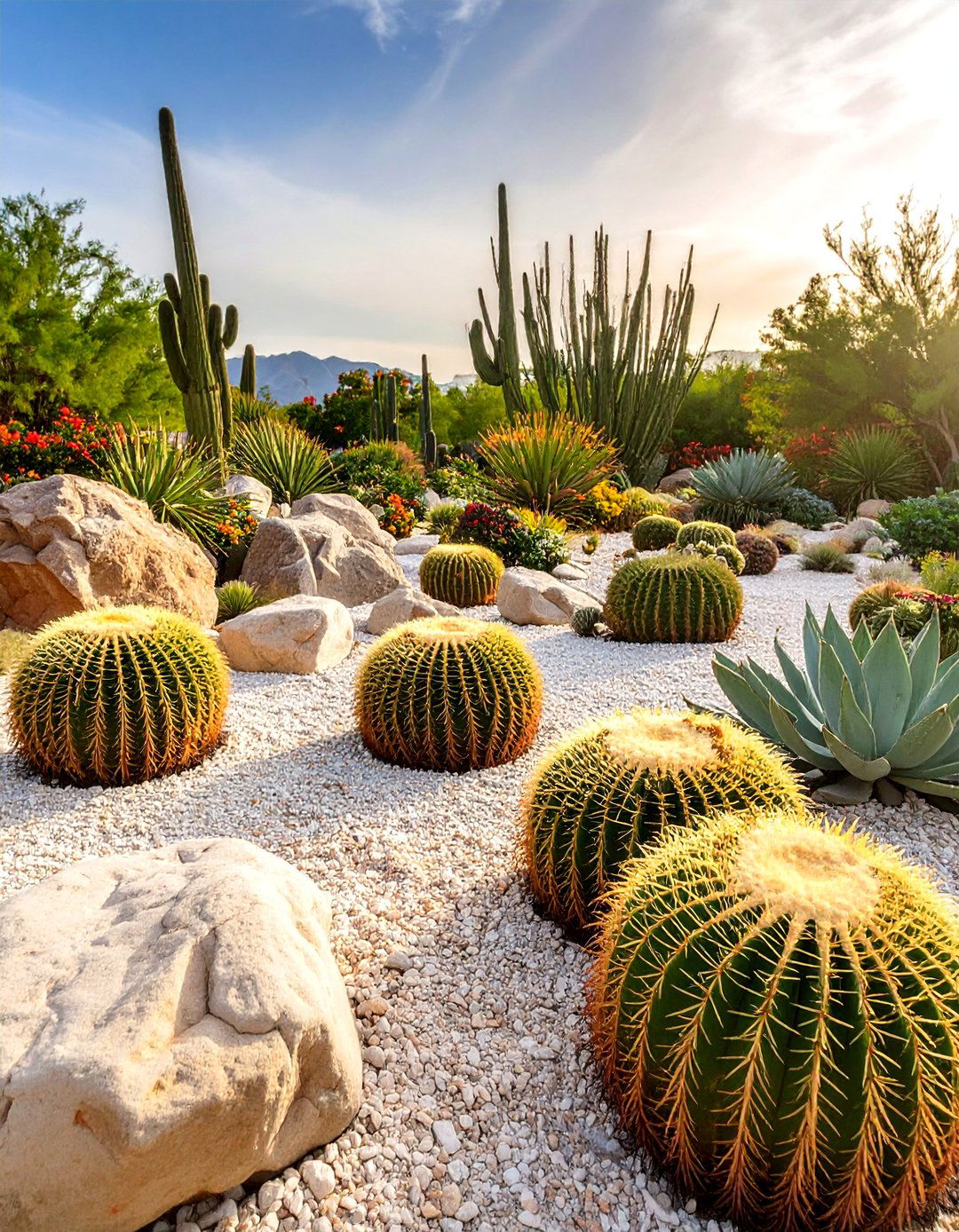
Unlike orderly beds, a rock garden celebrates randomness by scattering boulders of varied texture and color amid drought-tough cacti. Begin by placing the largest stones partially buried to appear time-worn, then pour smaller gravel around them in natural fans. Nestle clustering species such as ladyfinger and claret cup in crevices, where reflected heat speeds growth and runoff drains away. For added height, lean a slab of flagstone at a slight angle and train a creeping old-man cactus across its face like cascading silver hair. An occasional rill of rainwater will polish the rocks, revealing hidden mineral streaks over time.
20. Tiered-Shelf Balcony Cactus Garden
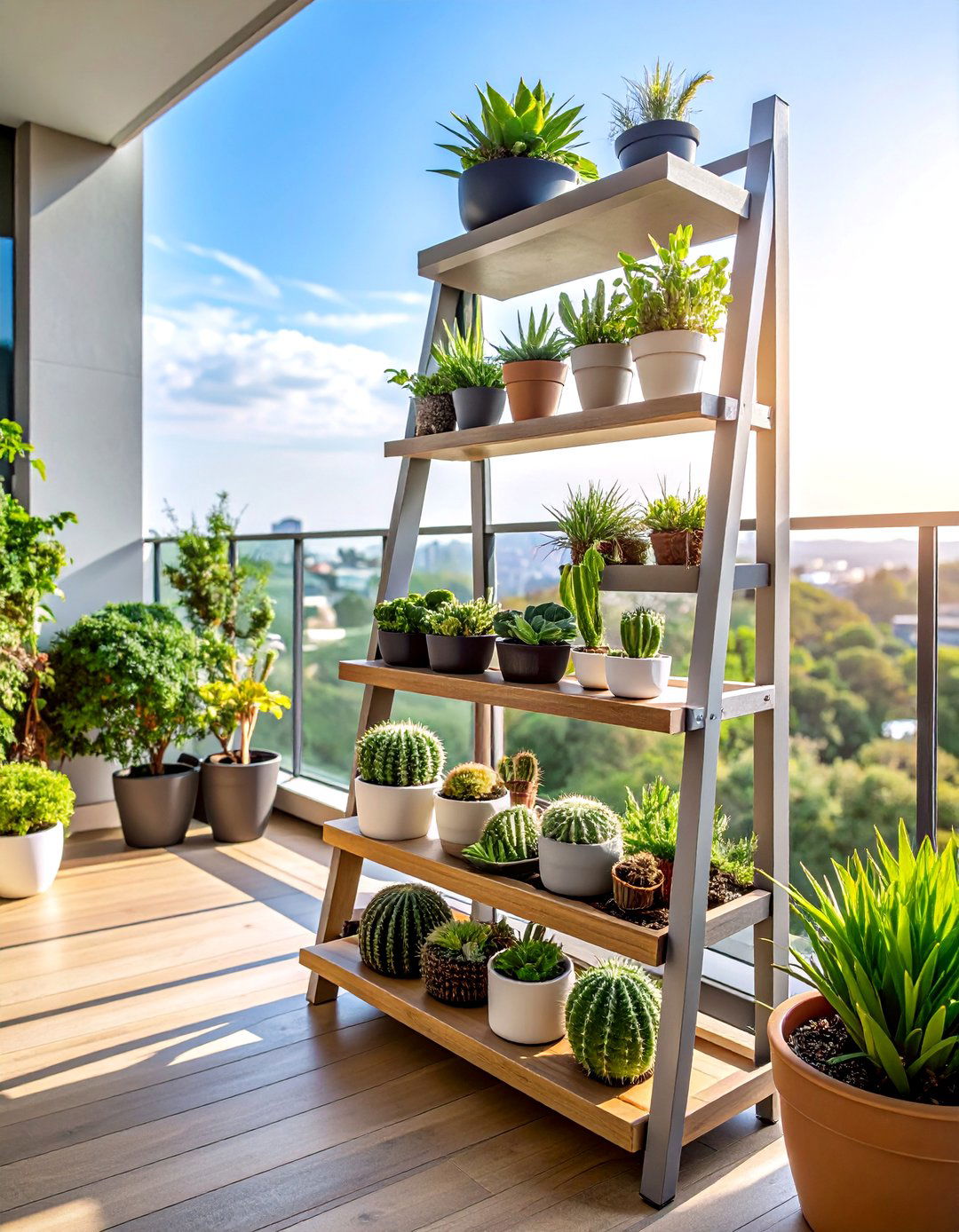
Finally, urban dwellers can turn a postage-stamp balcony into a miniature desert by installing powder-coated ladder shelves against the rail. Place shallow bonsai trays on each tier, fill with fast-draining mix, and group golf-ball cacti alongside spiral cereus to evoke a varied skyline. Because balconies funnel wind, secure cacti with a thin pea-gravel layer and anchor shelves with brackets. A compact USB-powered fan under the top tier circulates air after storms, while clip-on LED grow strips bridge cloudy winter days, sustaining steady, compact growth beautifully.
Conclusion:
All things considered, cactus gardens prove that low-water landscapes never need to feel sparse or repetitive. From minimalist gravel beds to whimsical balcony shelves, the twenty themes above demonstrate how thoughtful layout, well-chosen materials, and strategic irrigation create vibrant, enduring displays that thrive on neglect yet burst with texture, color, and night-time drama. Embrace one concept—or blend a few—to craft a sustainable desert-inspired retreat perfectly suited to your space and lifestyle.


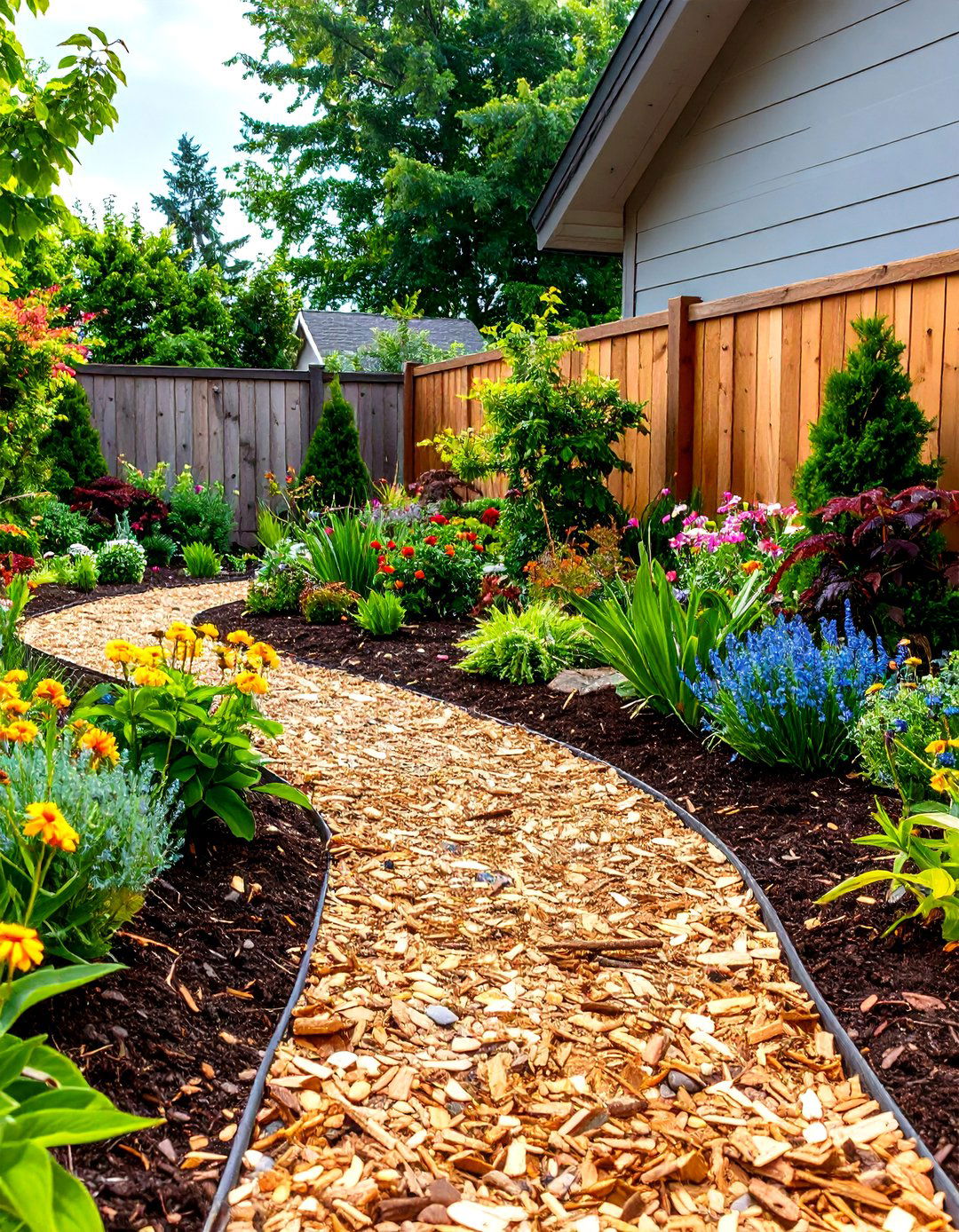

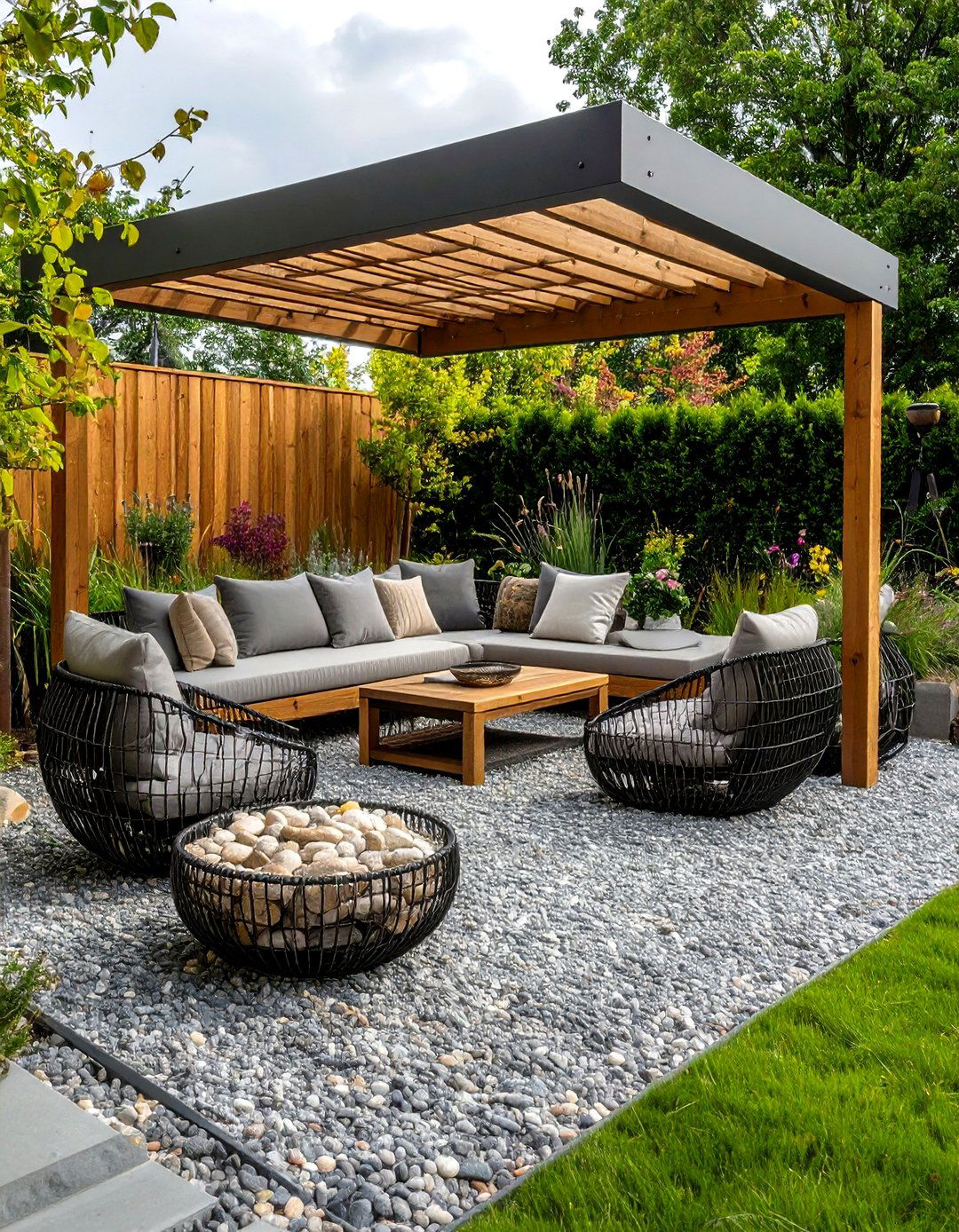
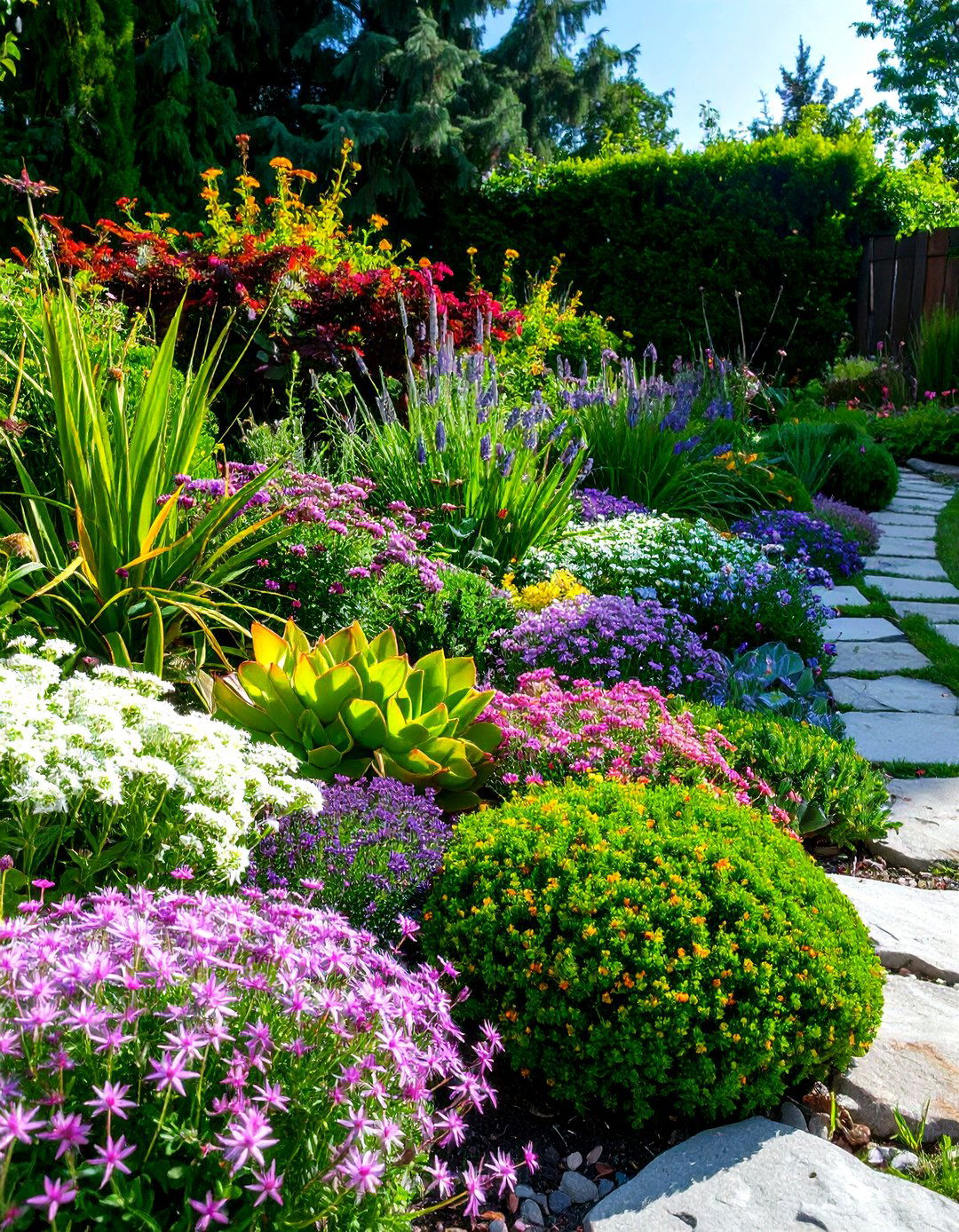
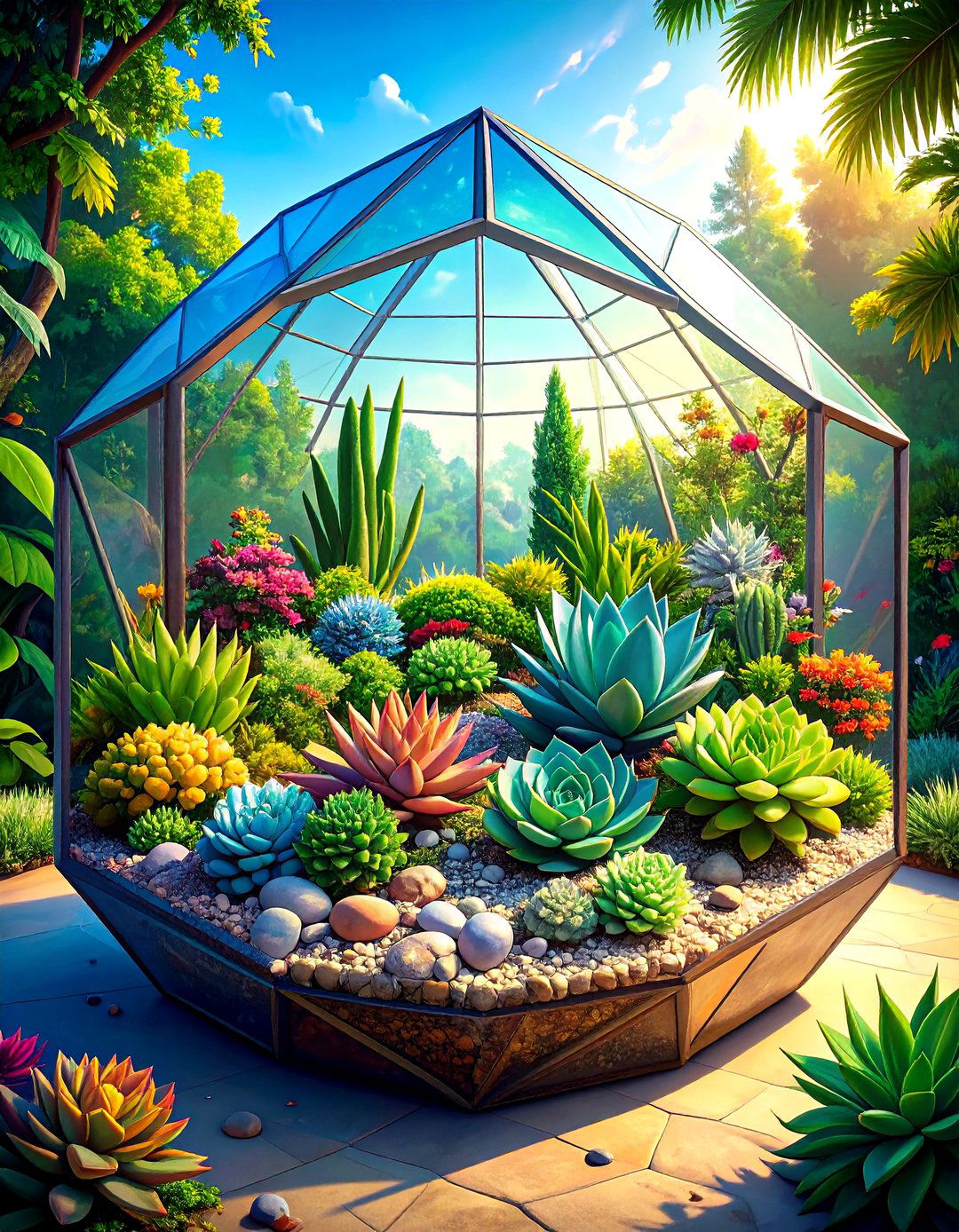


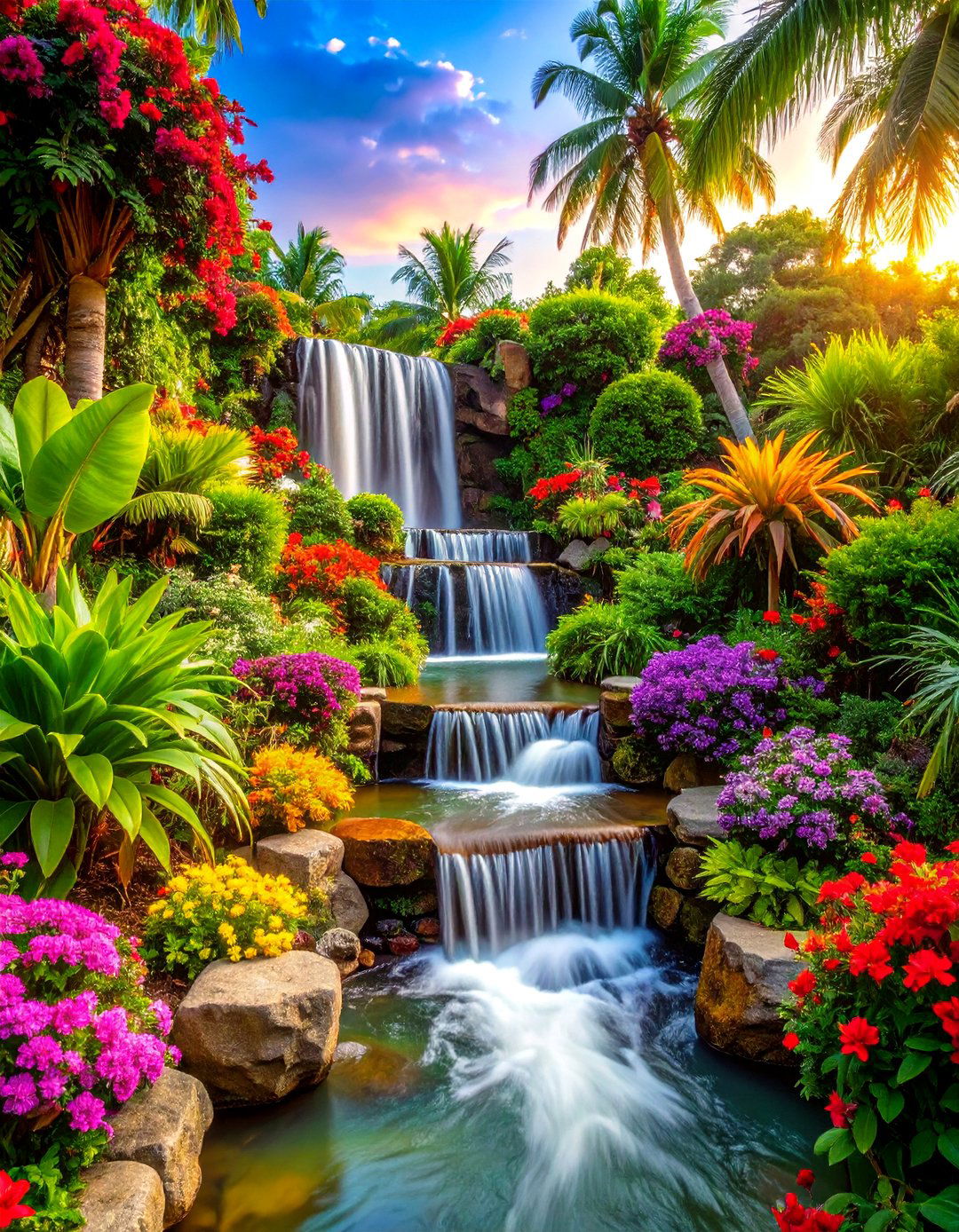
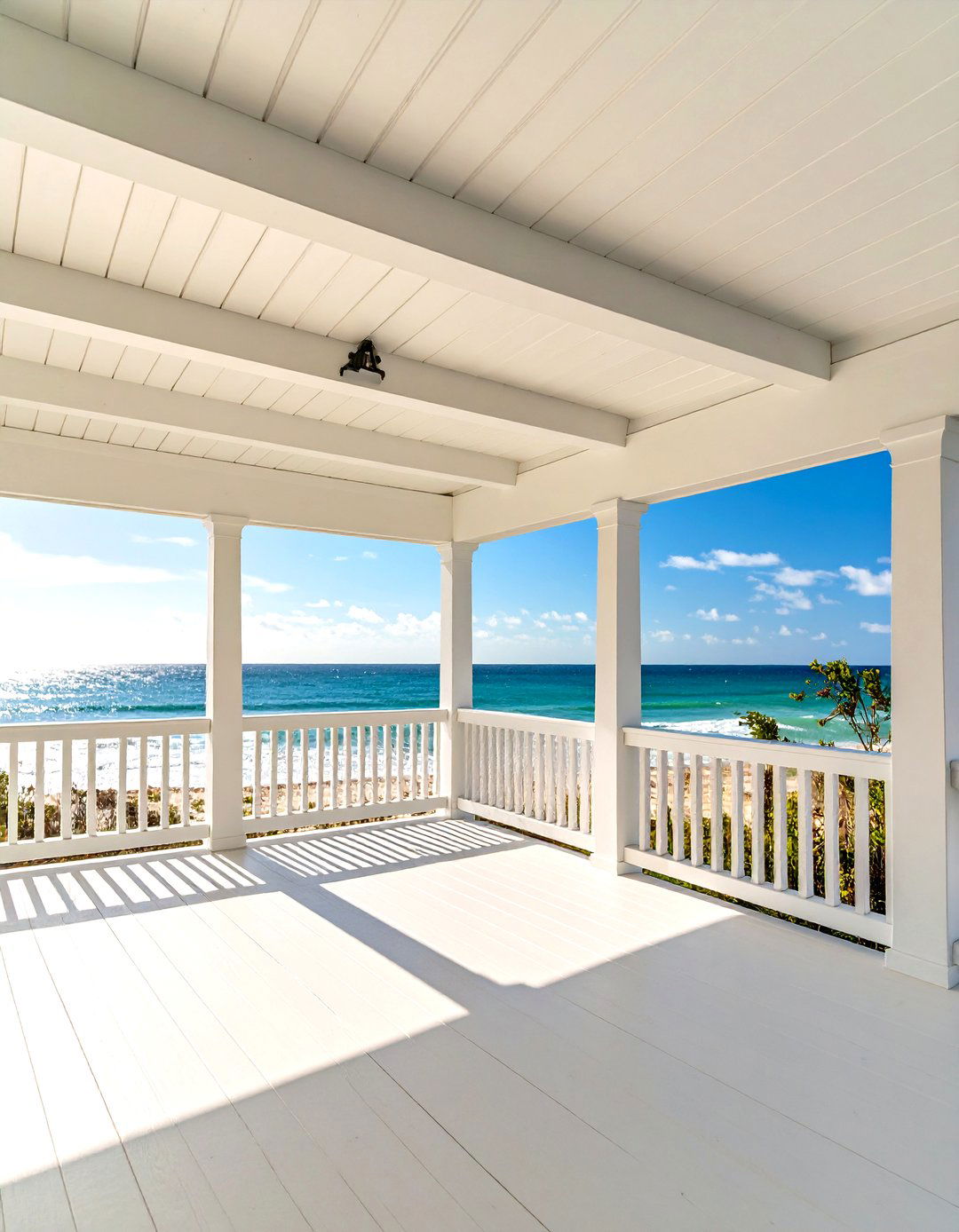
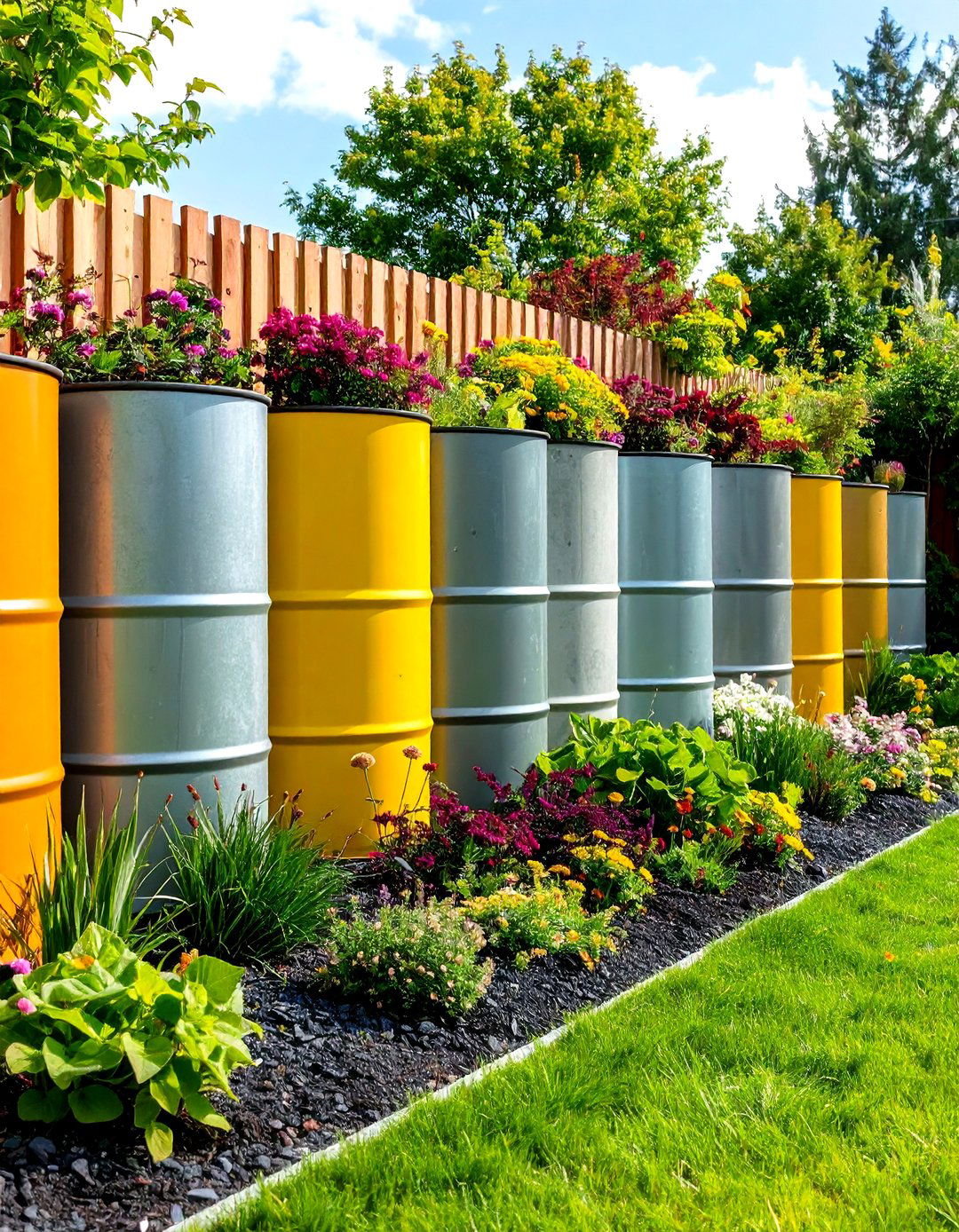
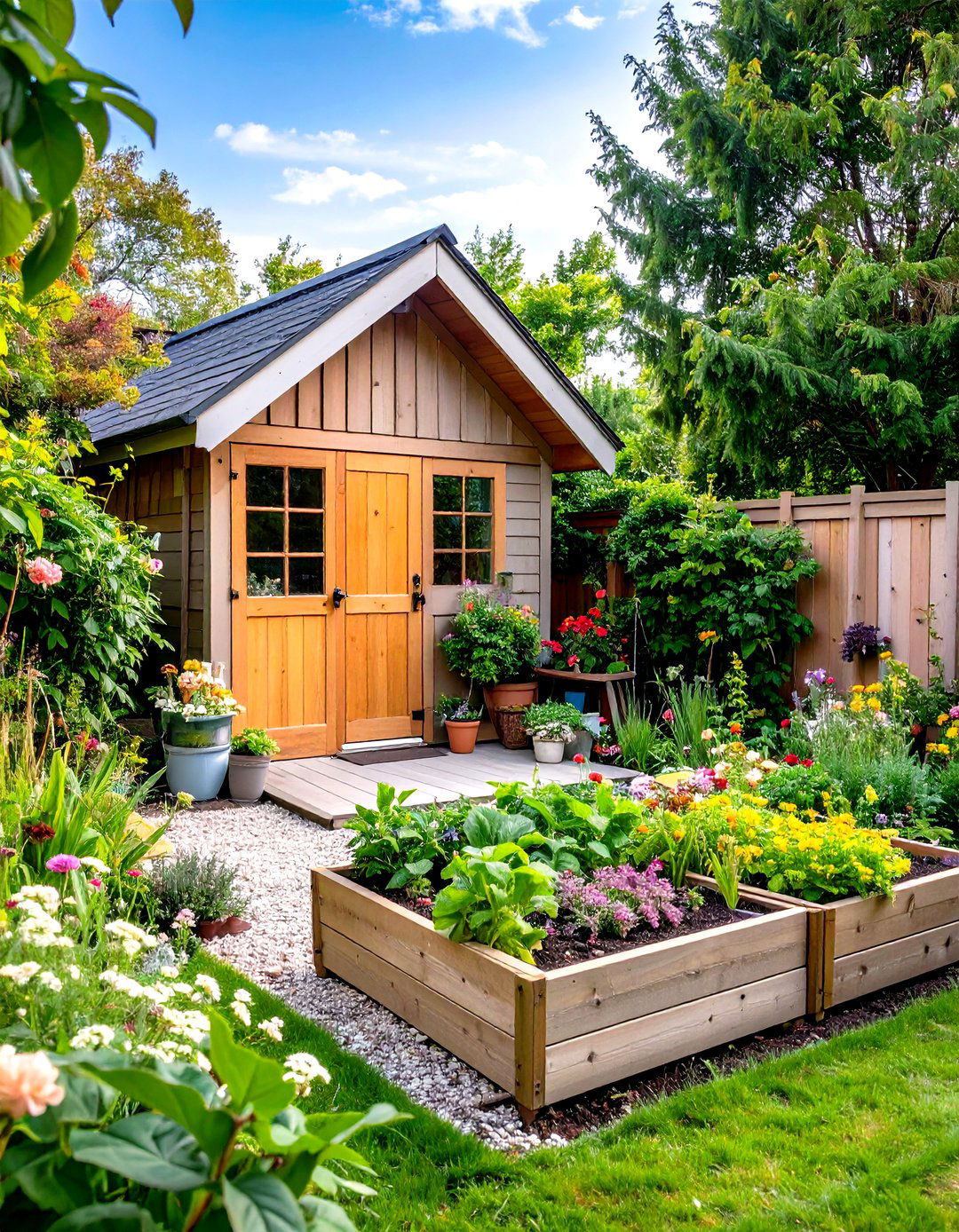

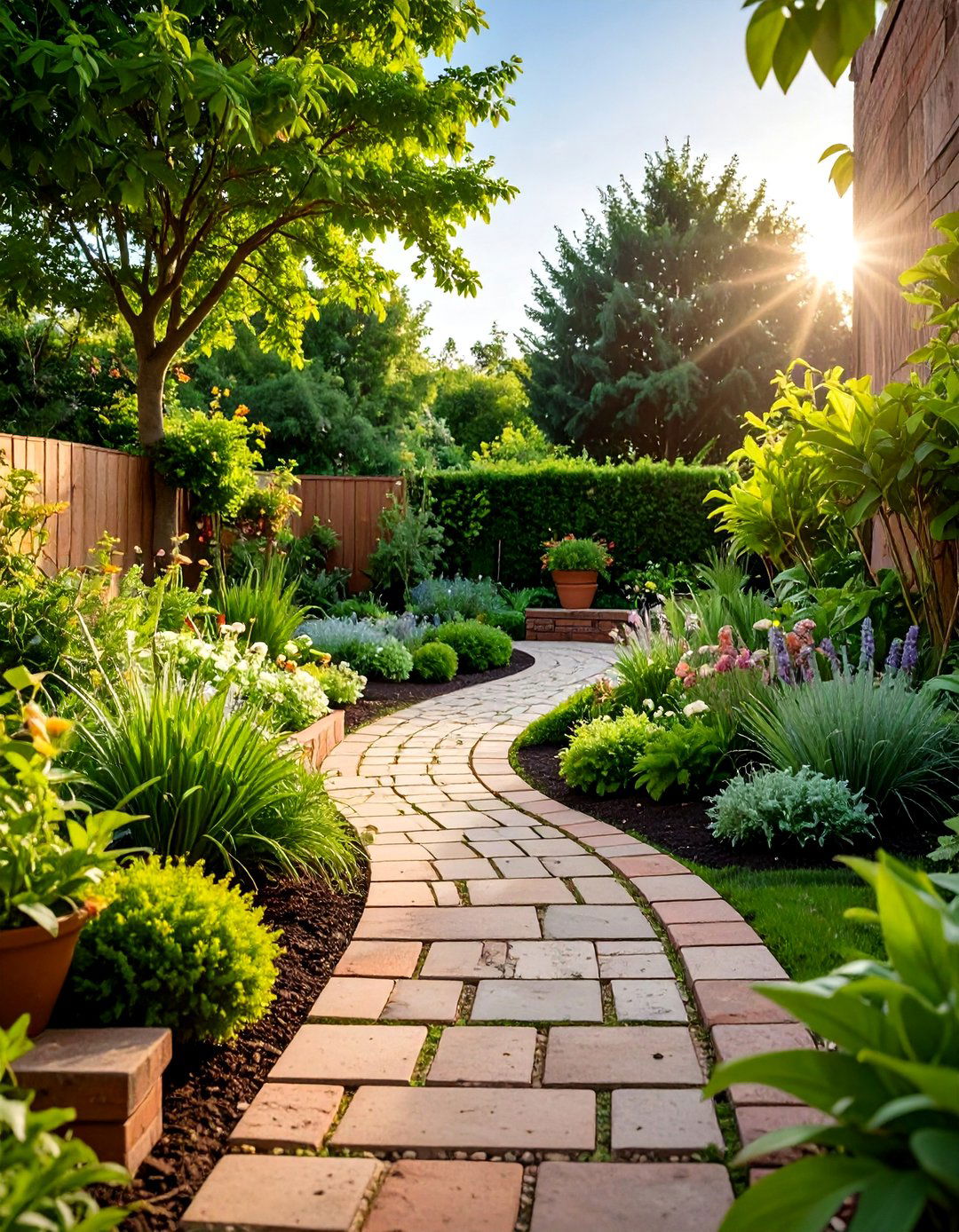
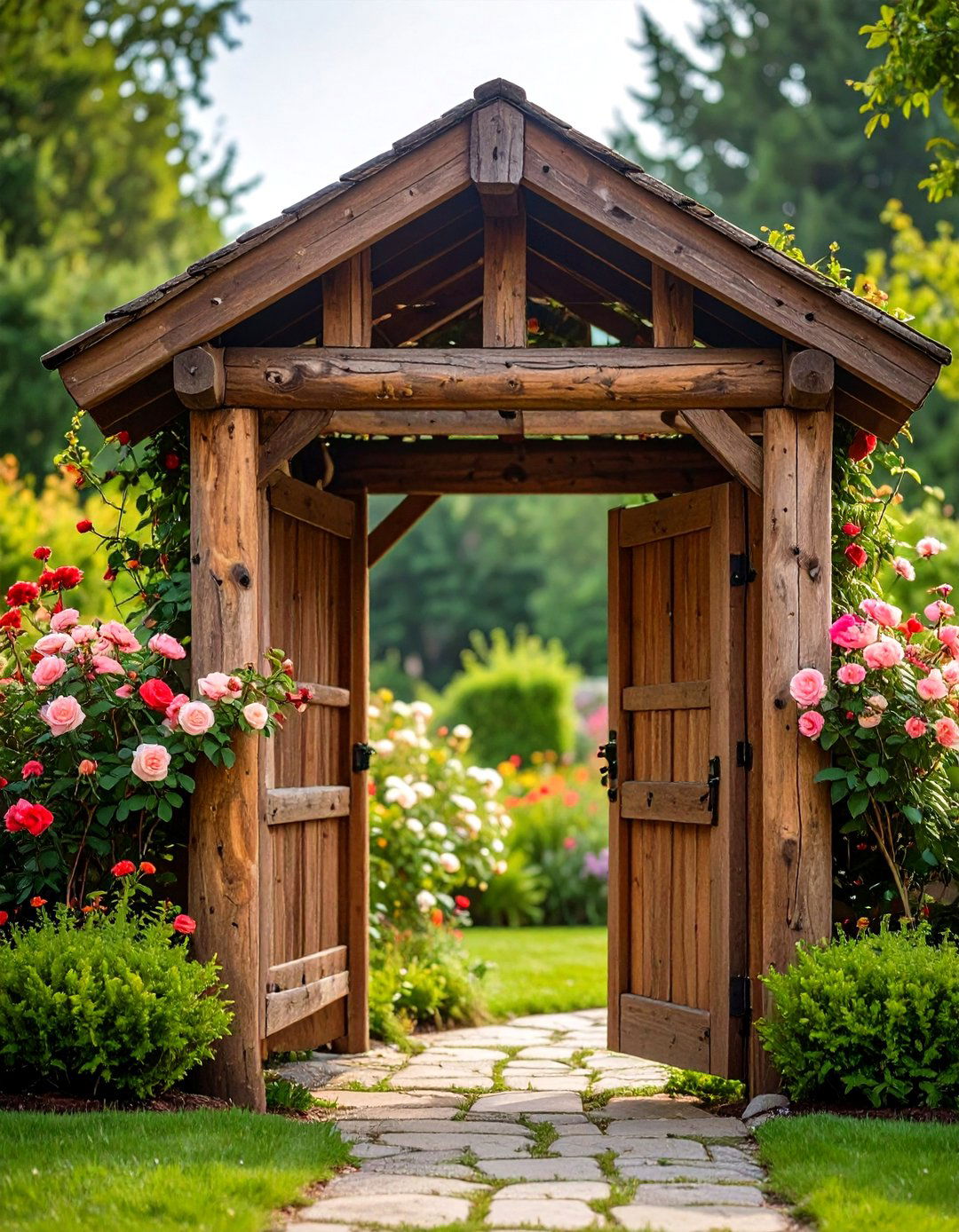
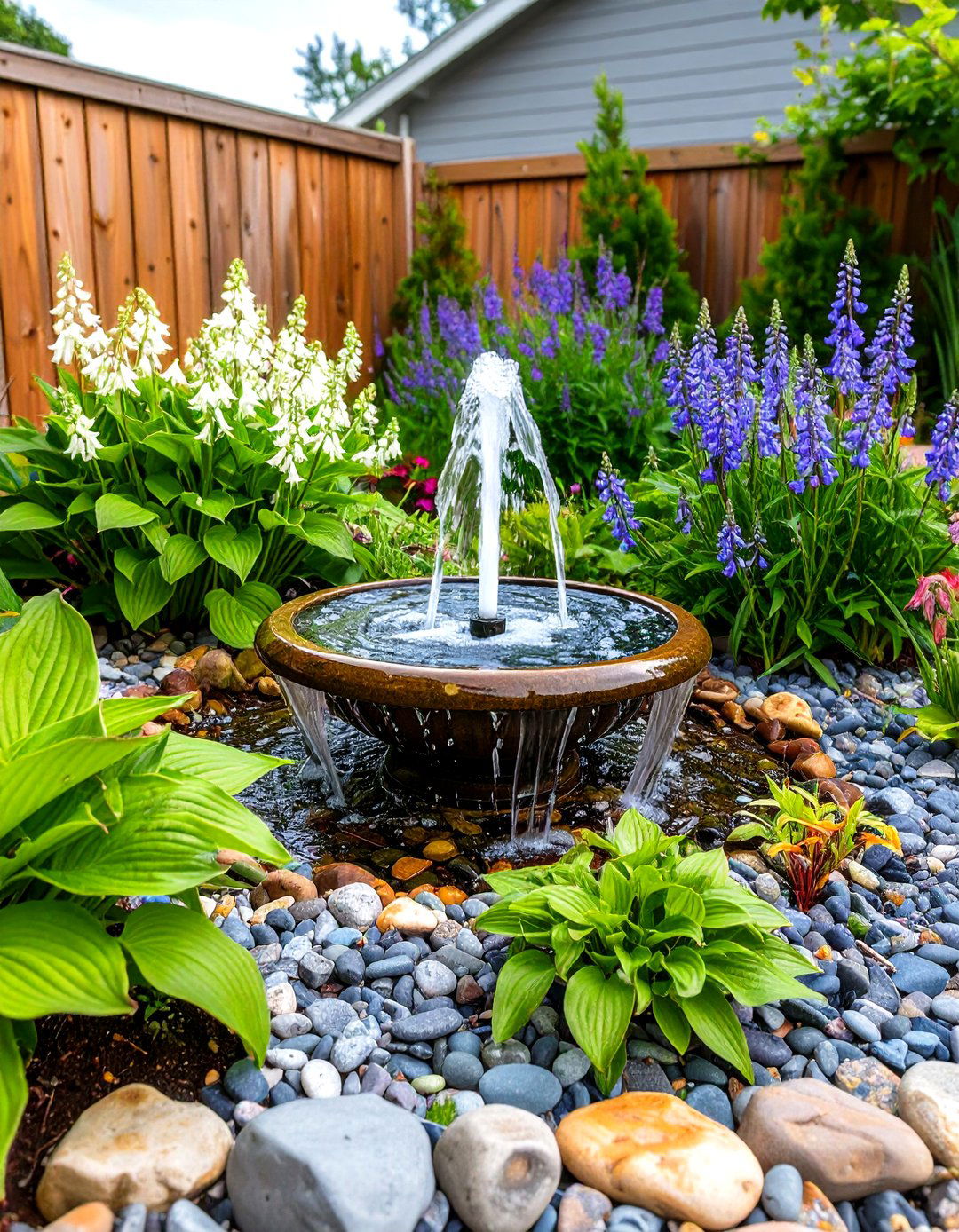
Leave a Reply